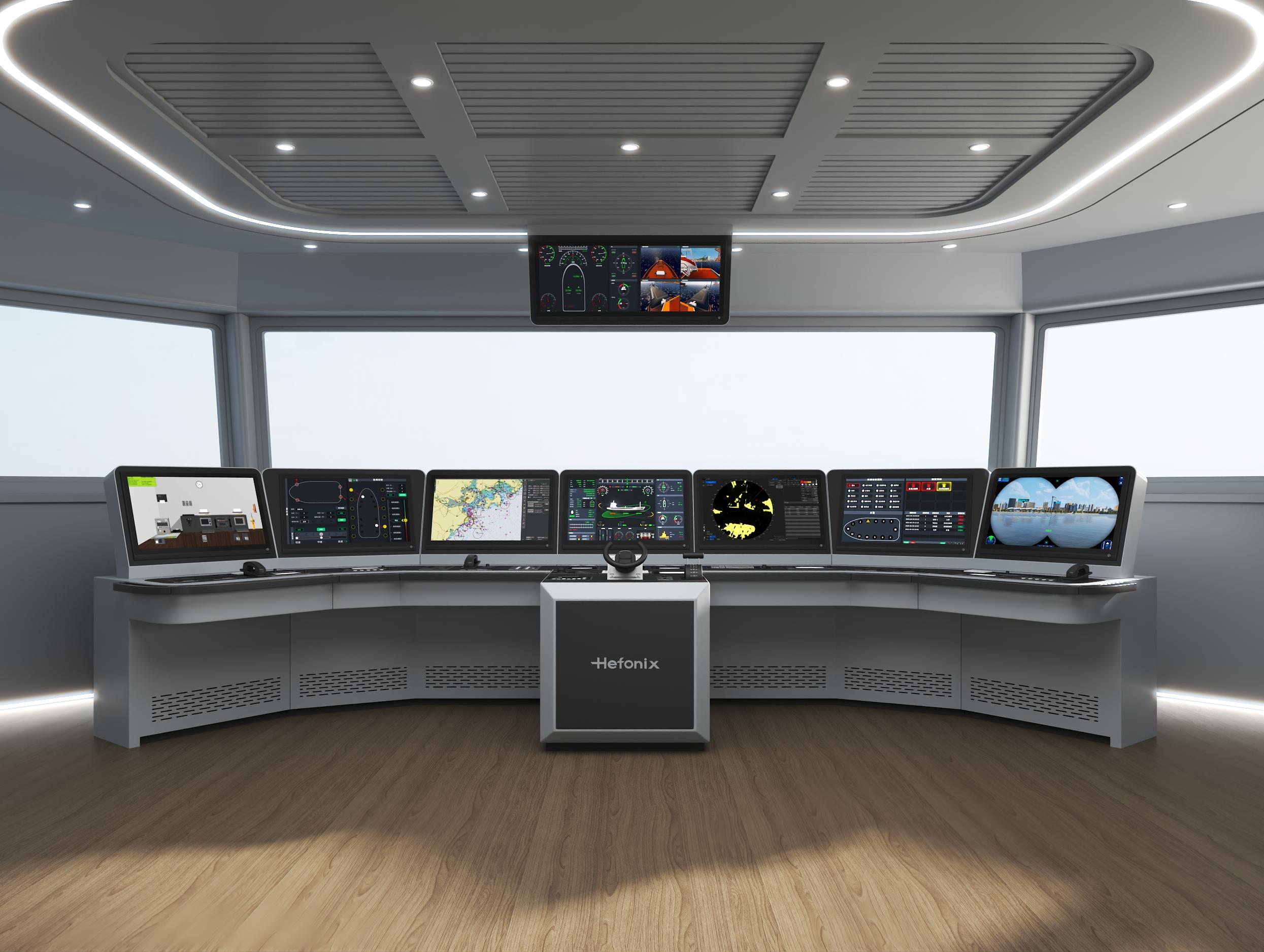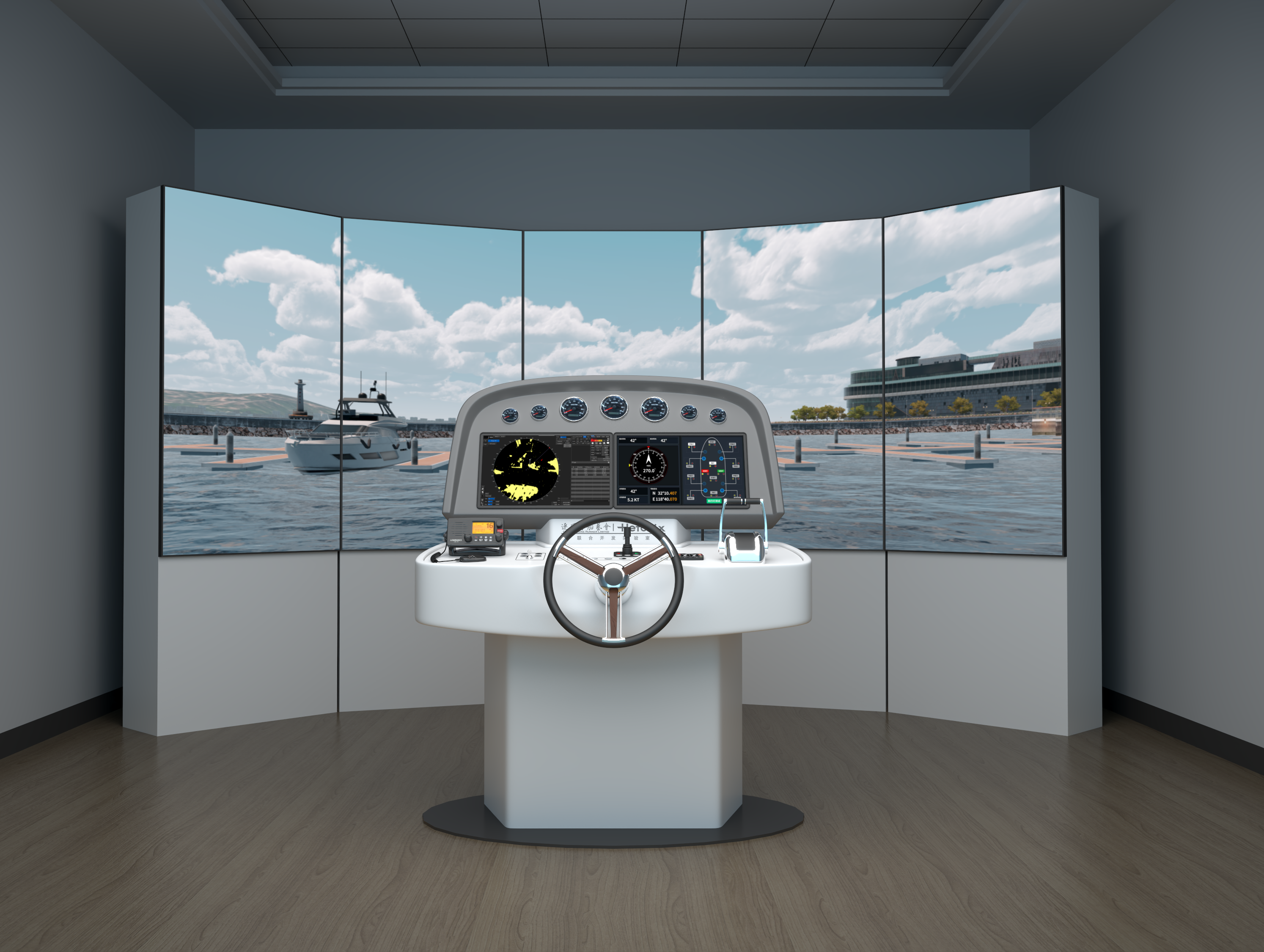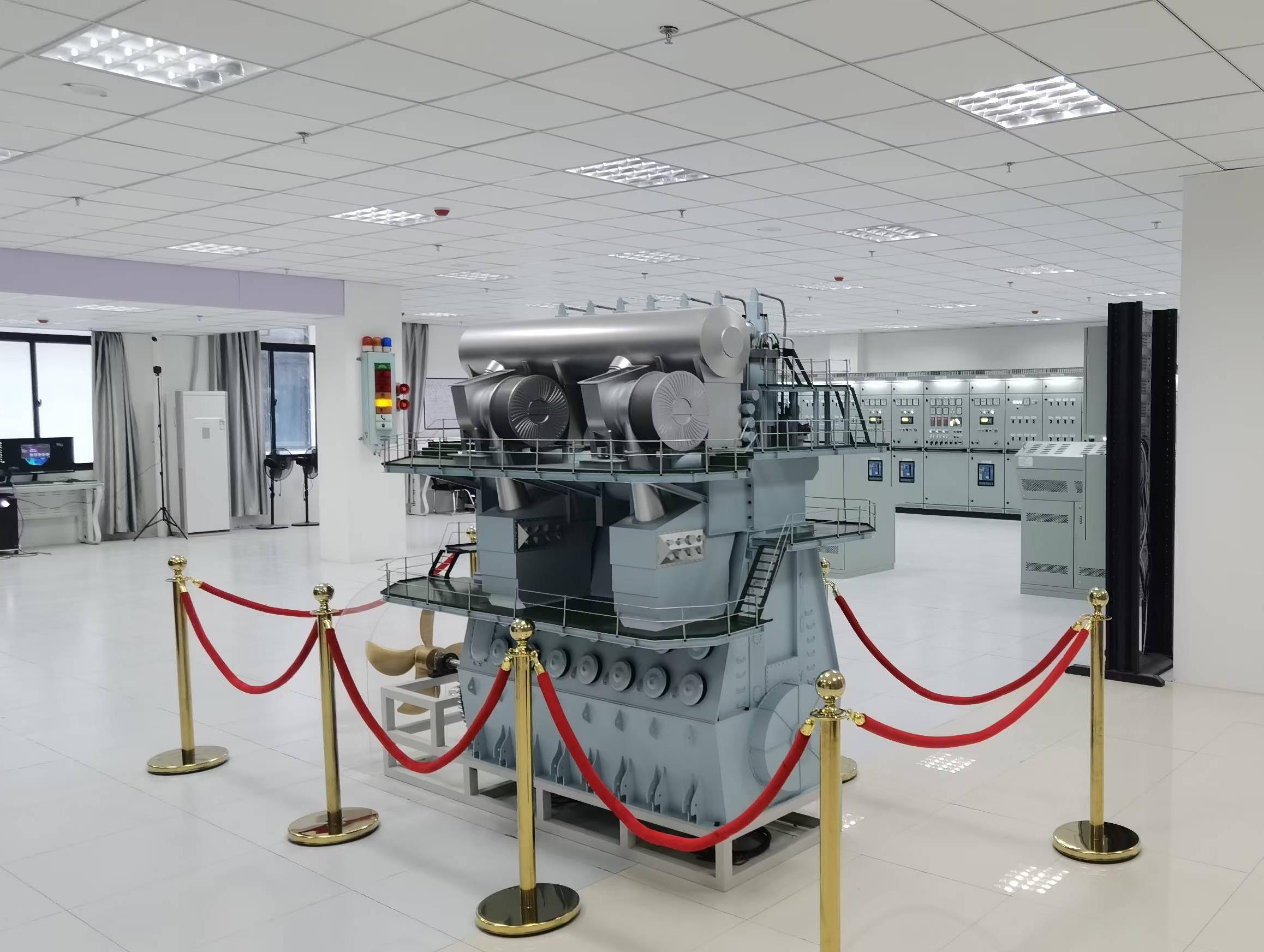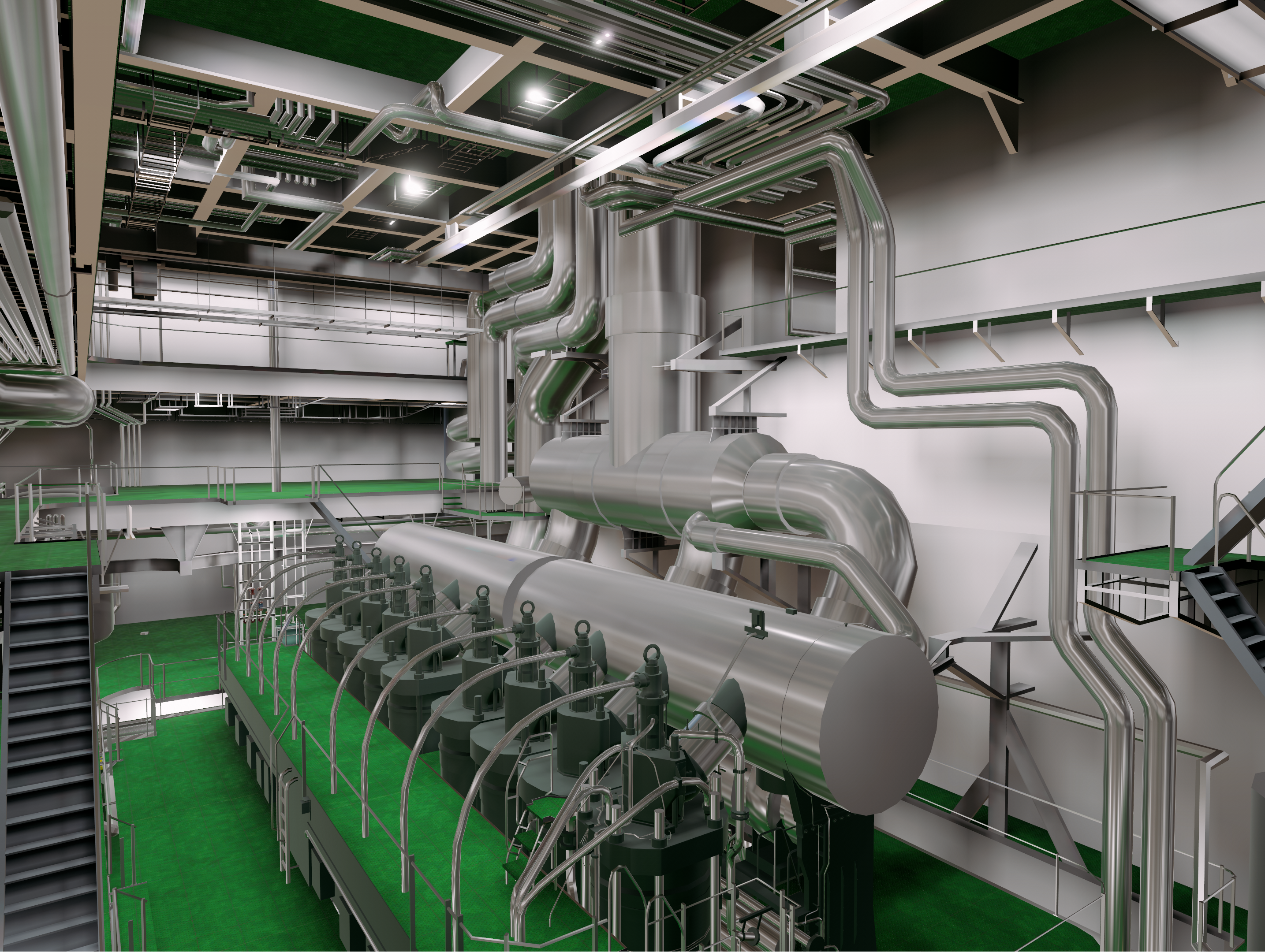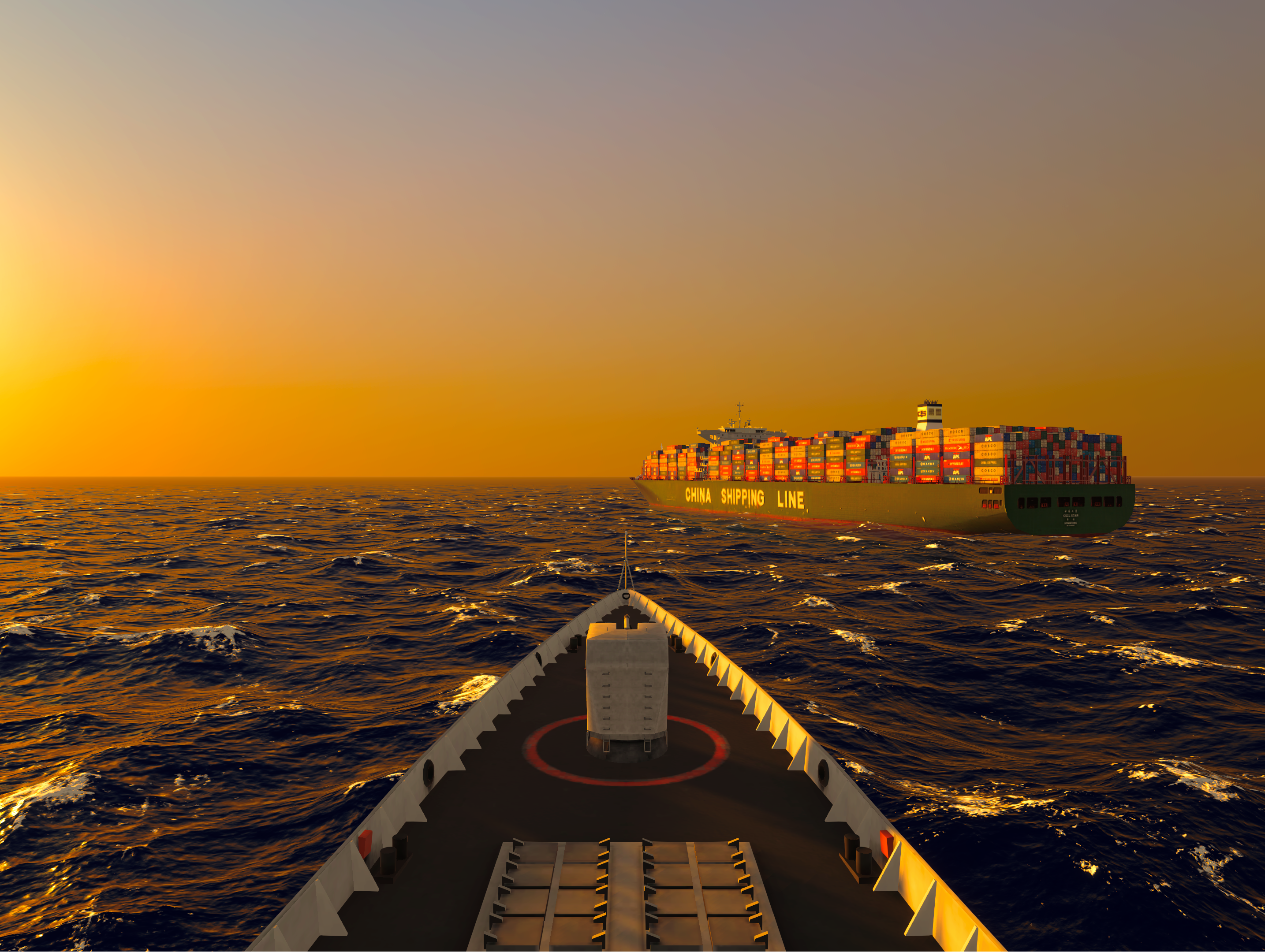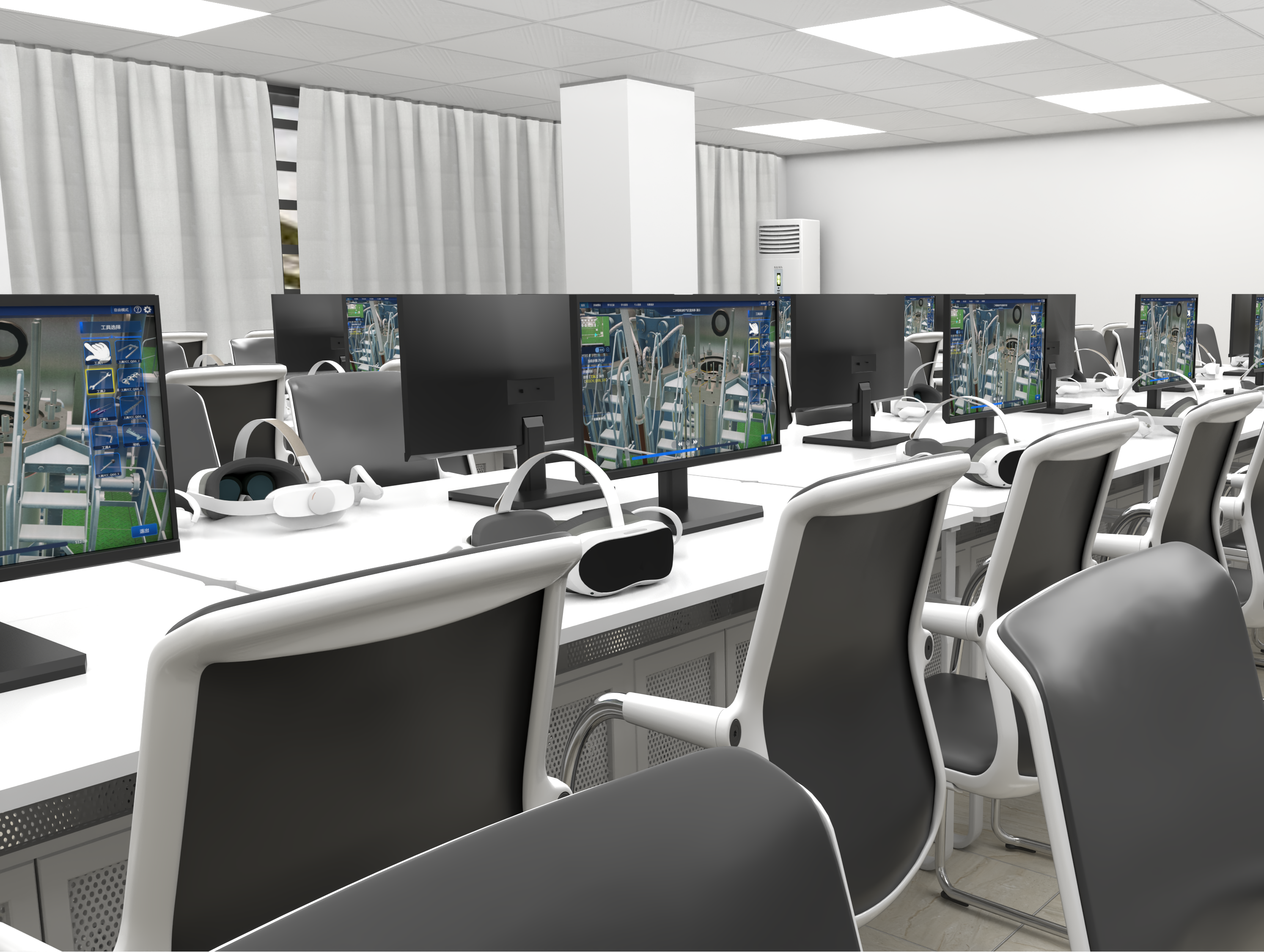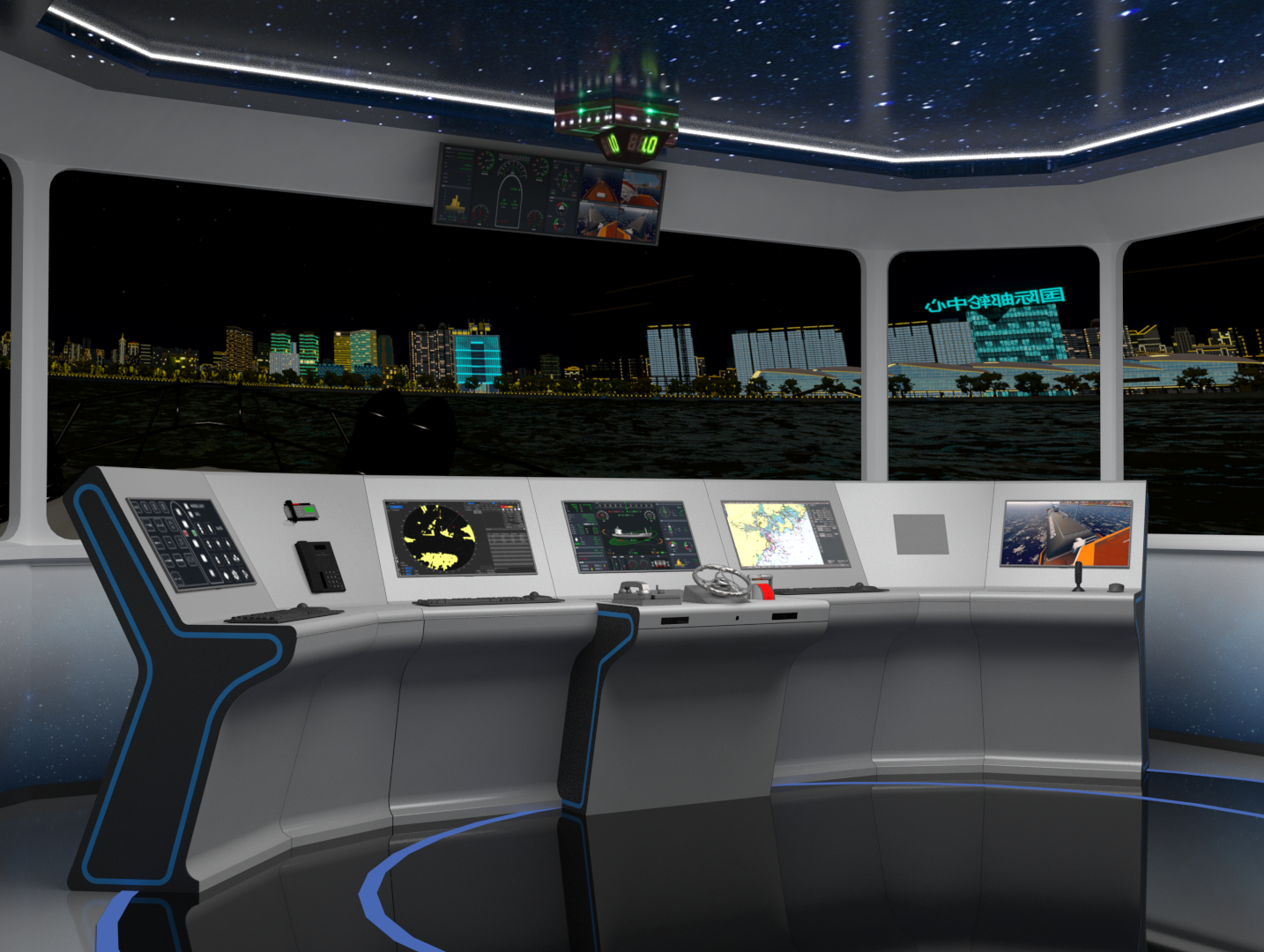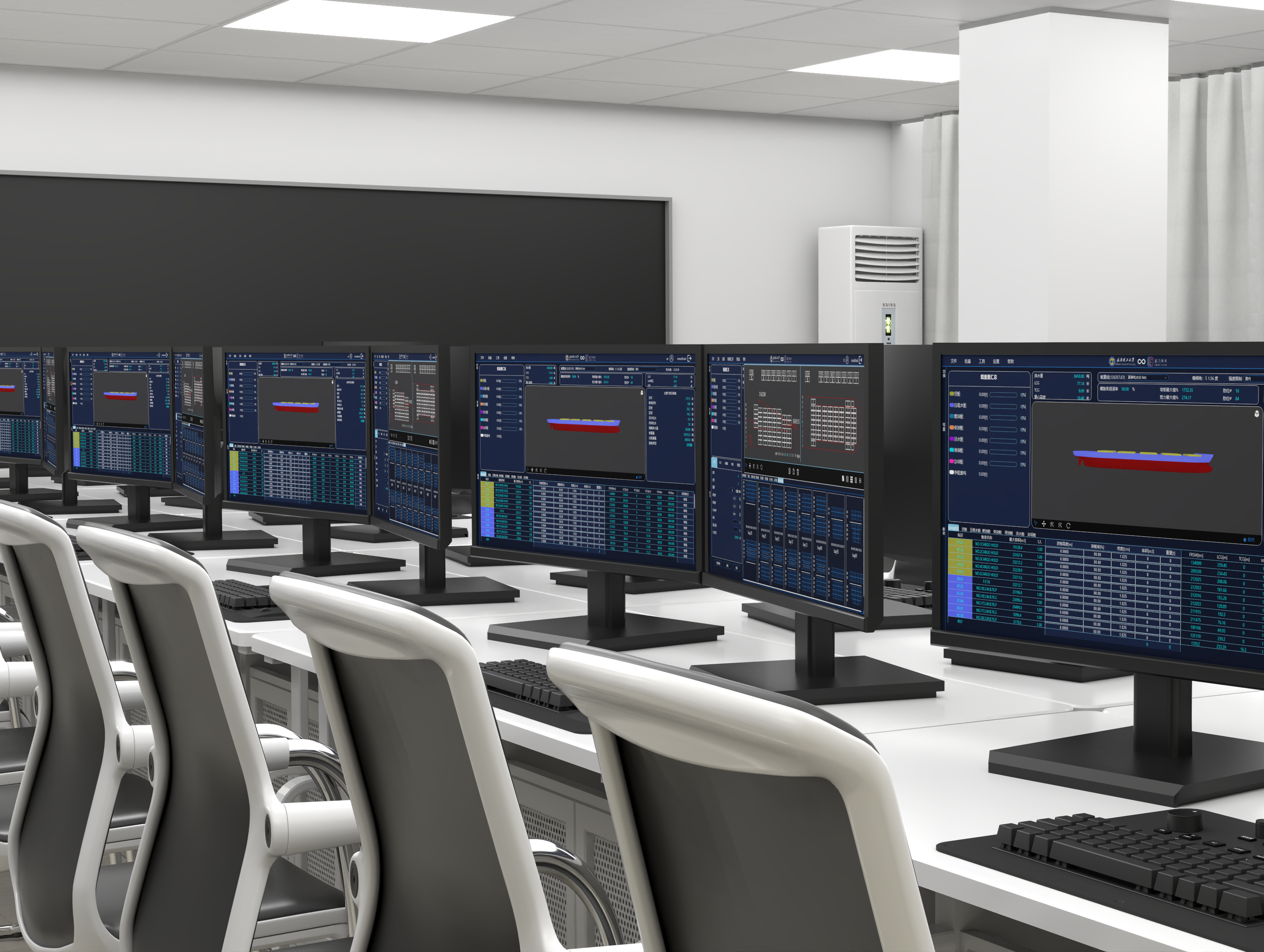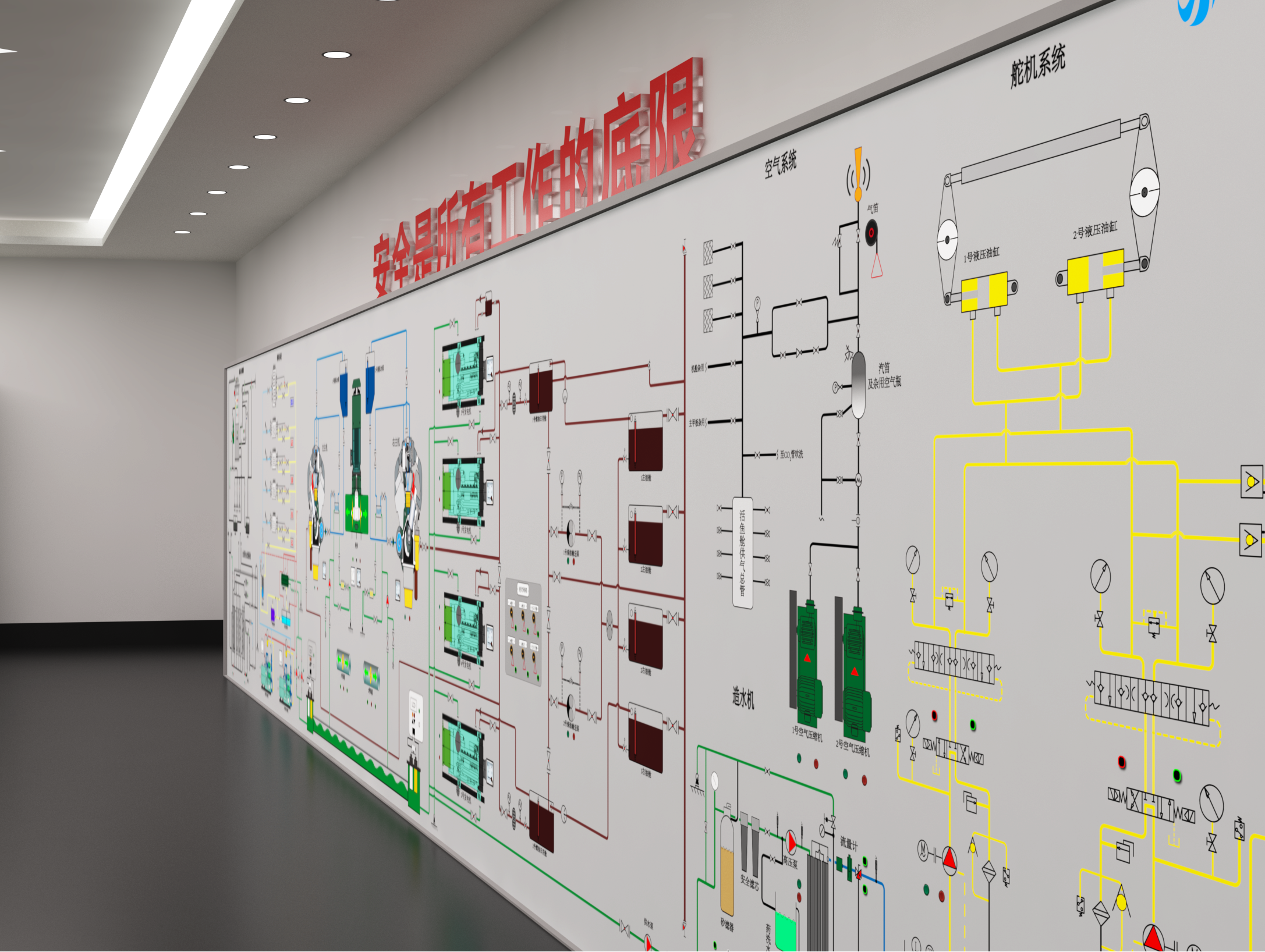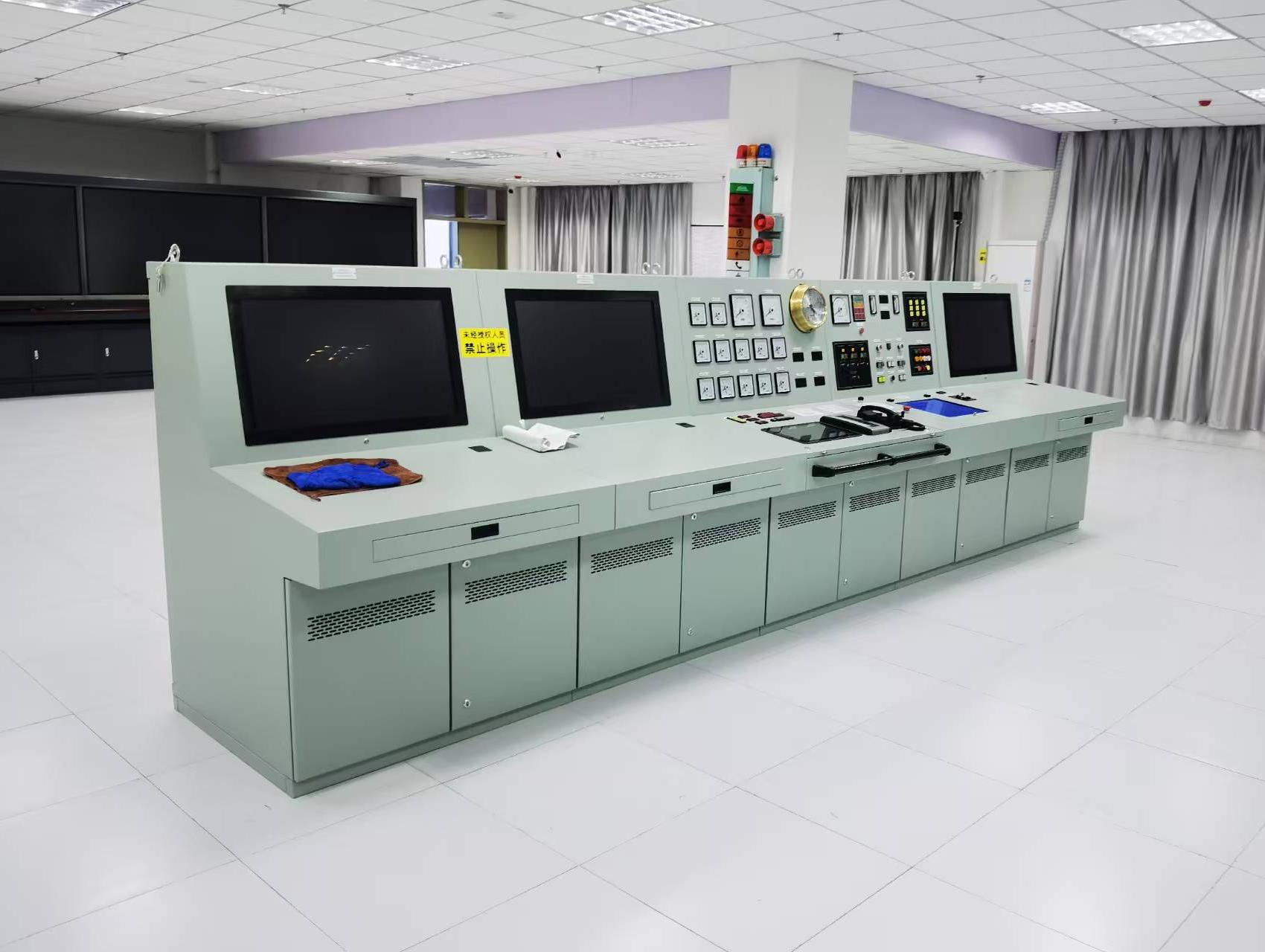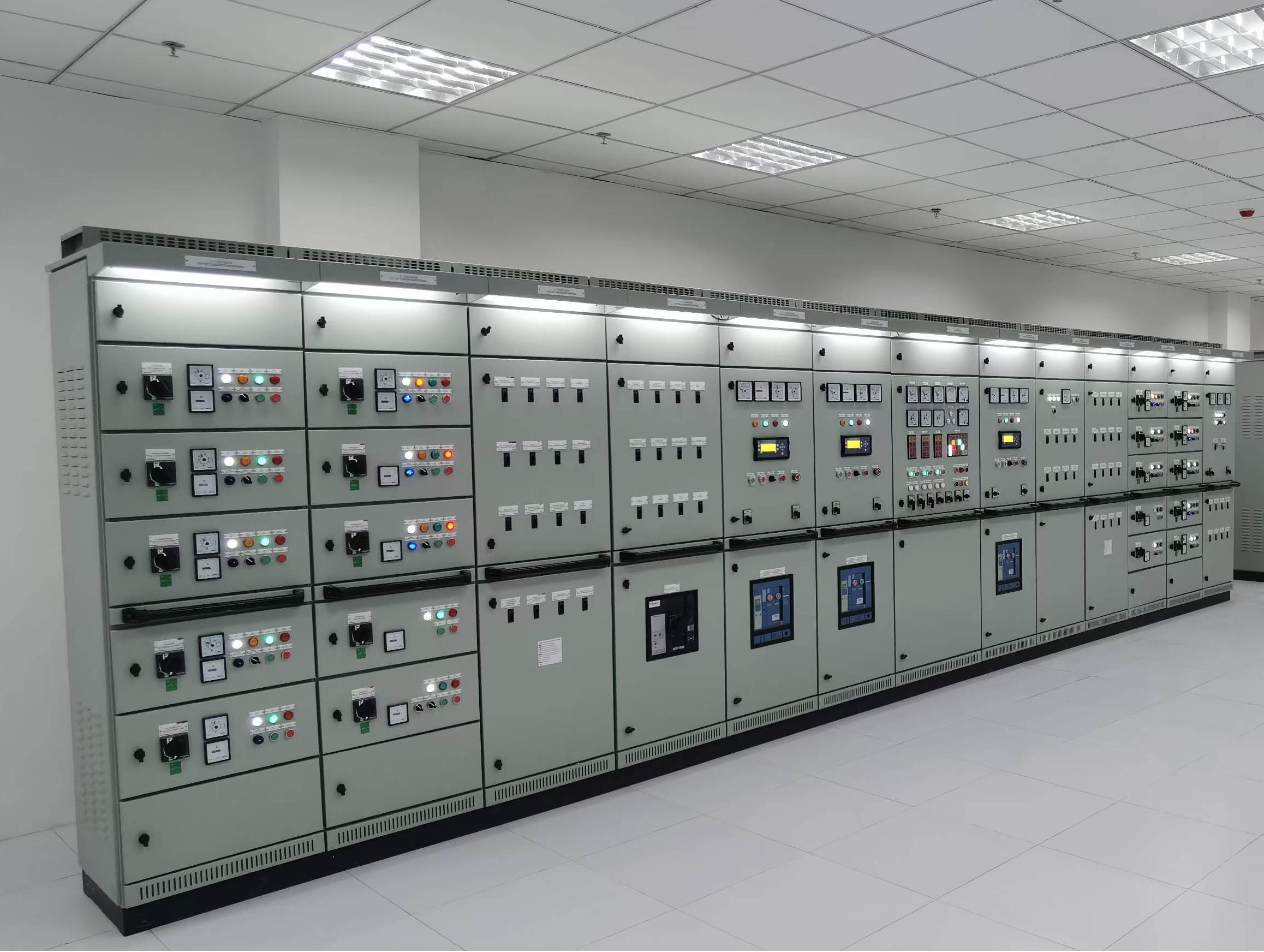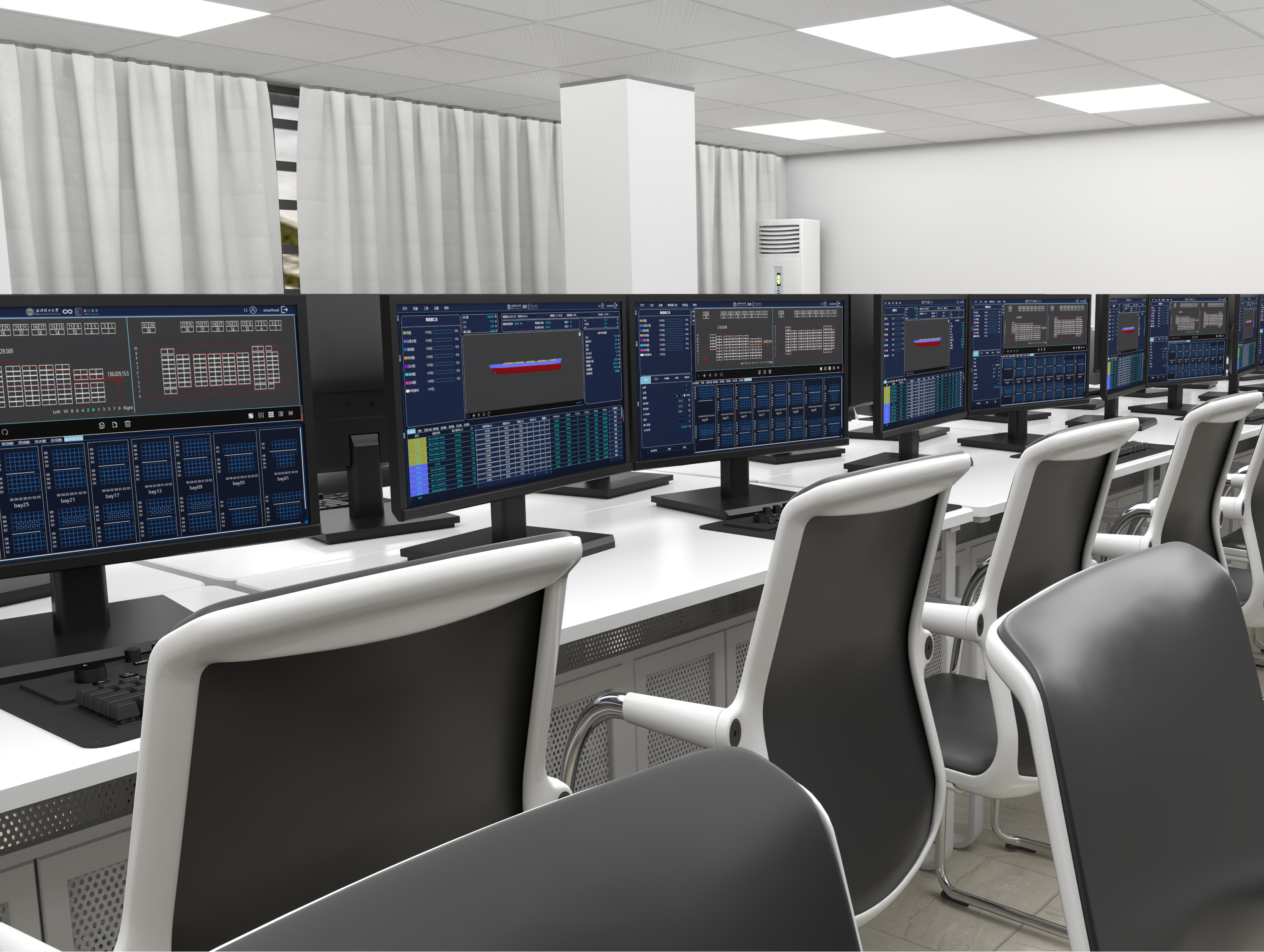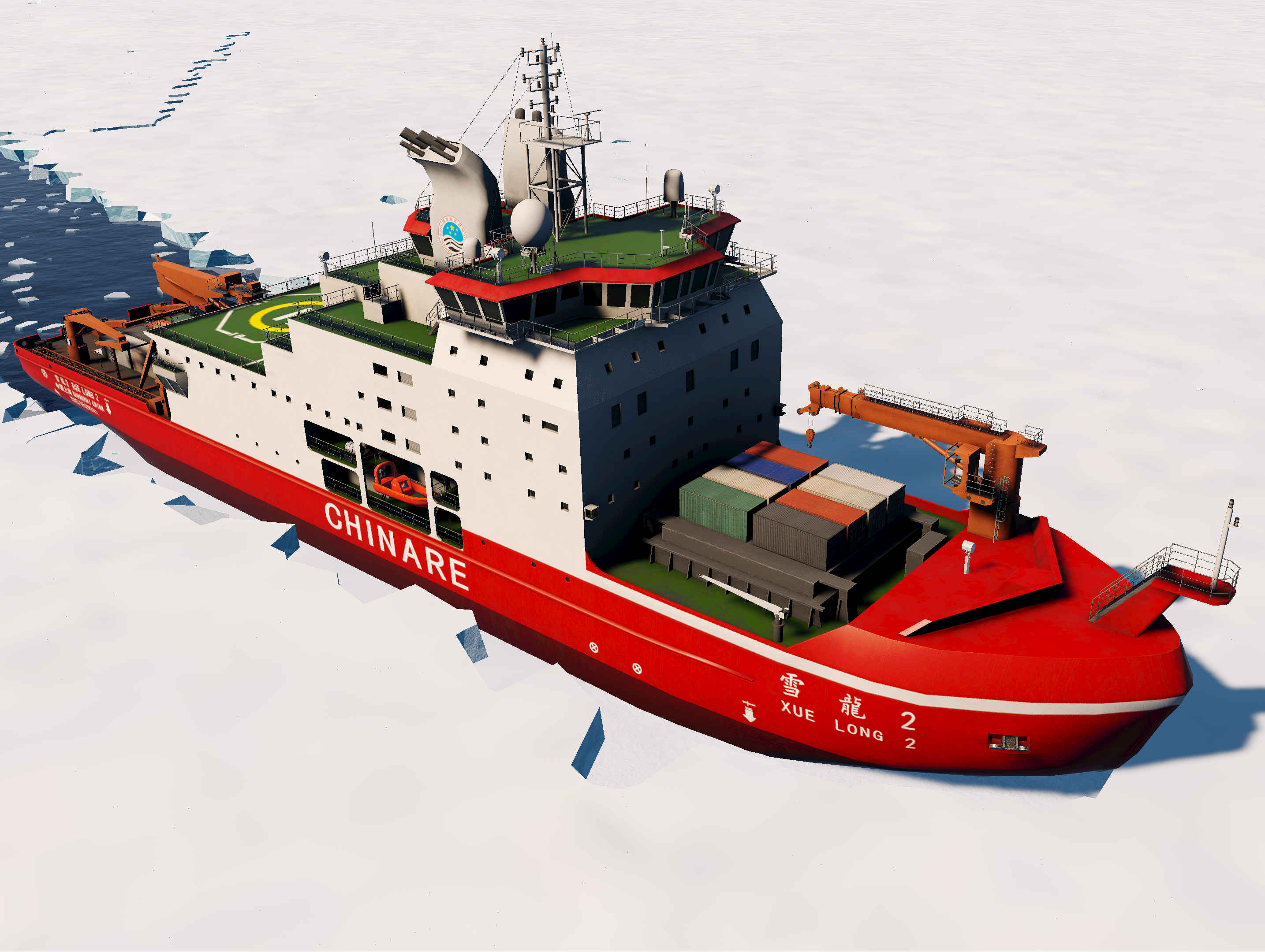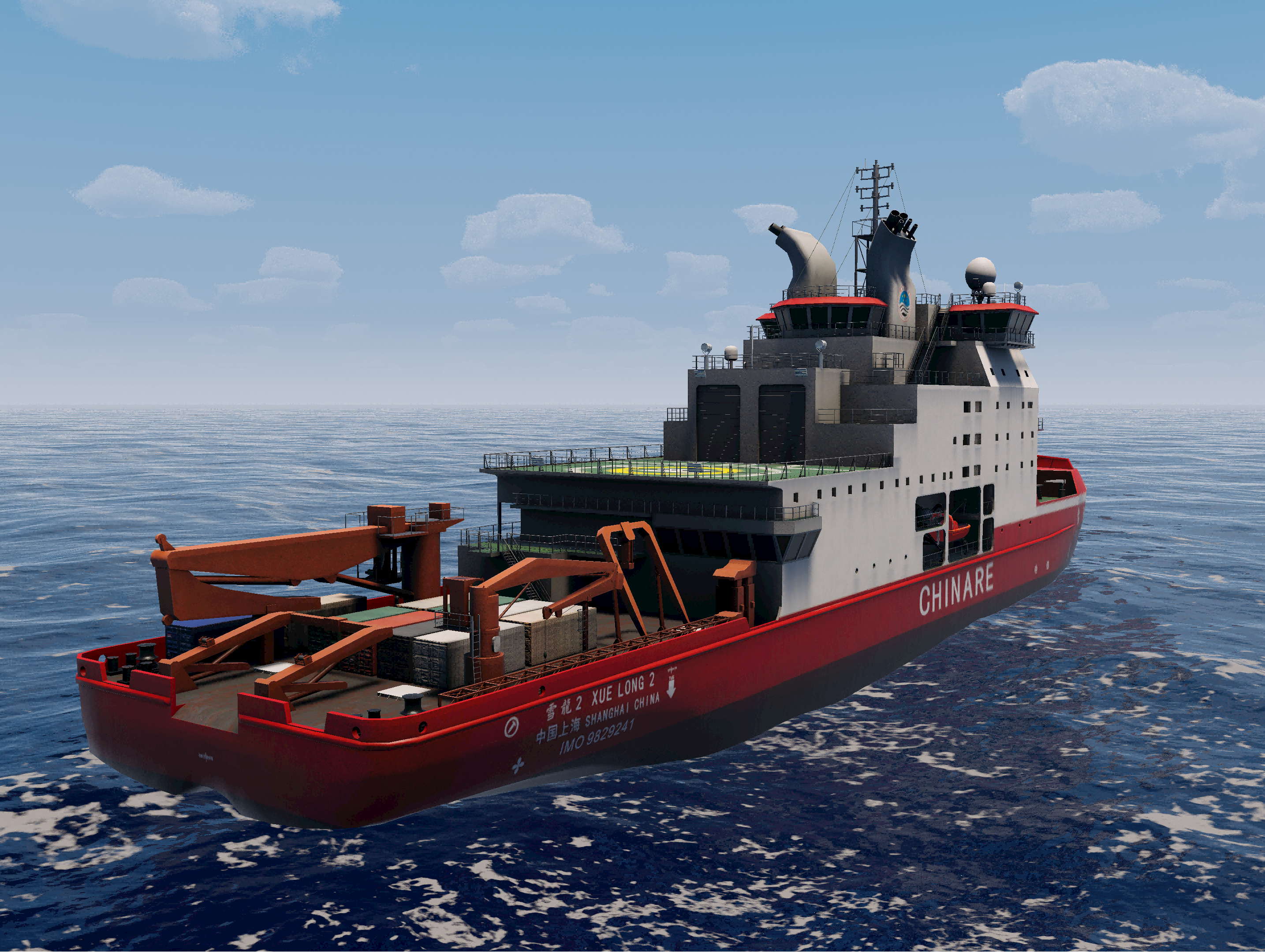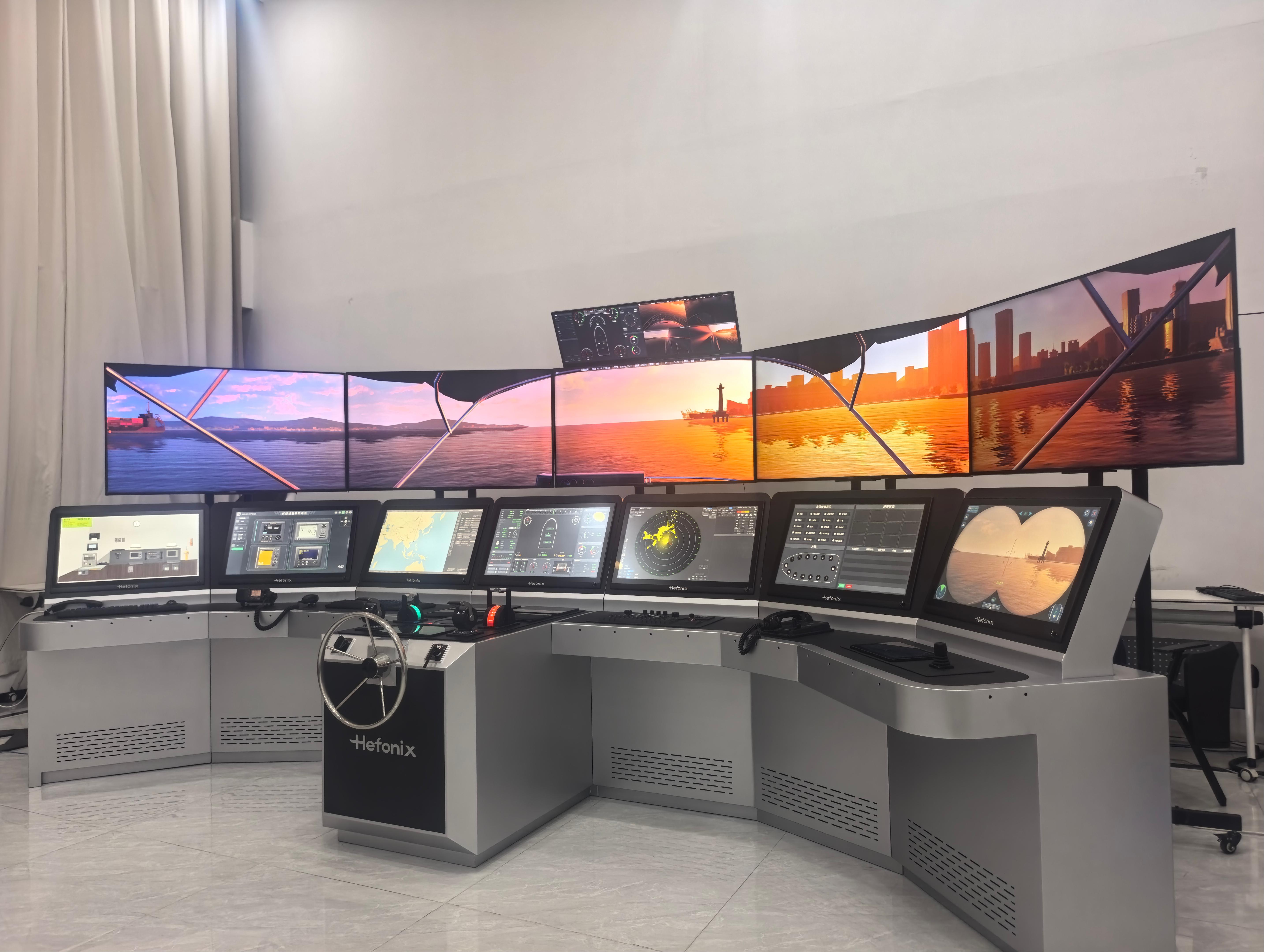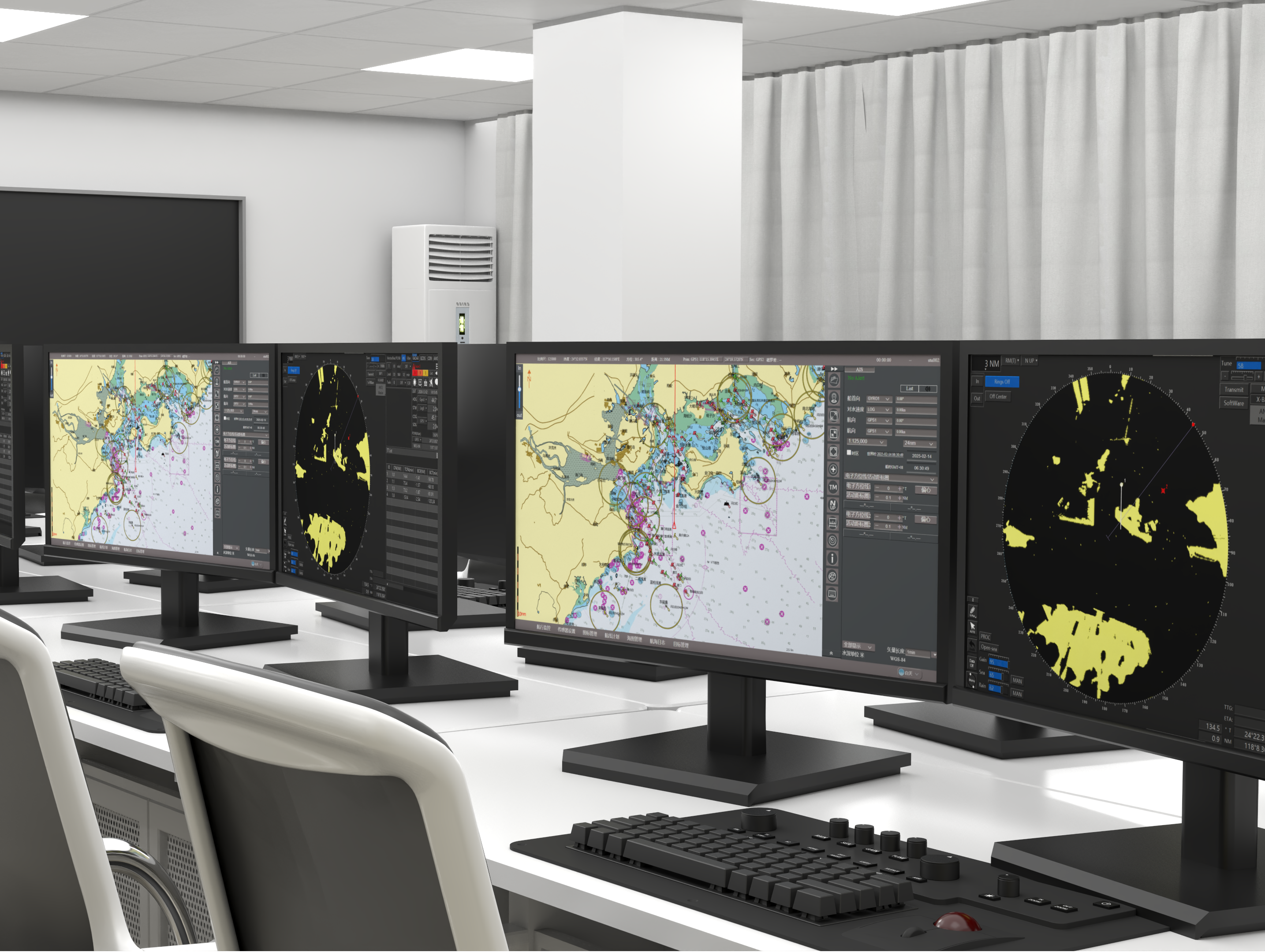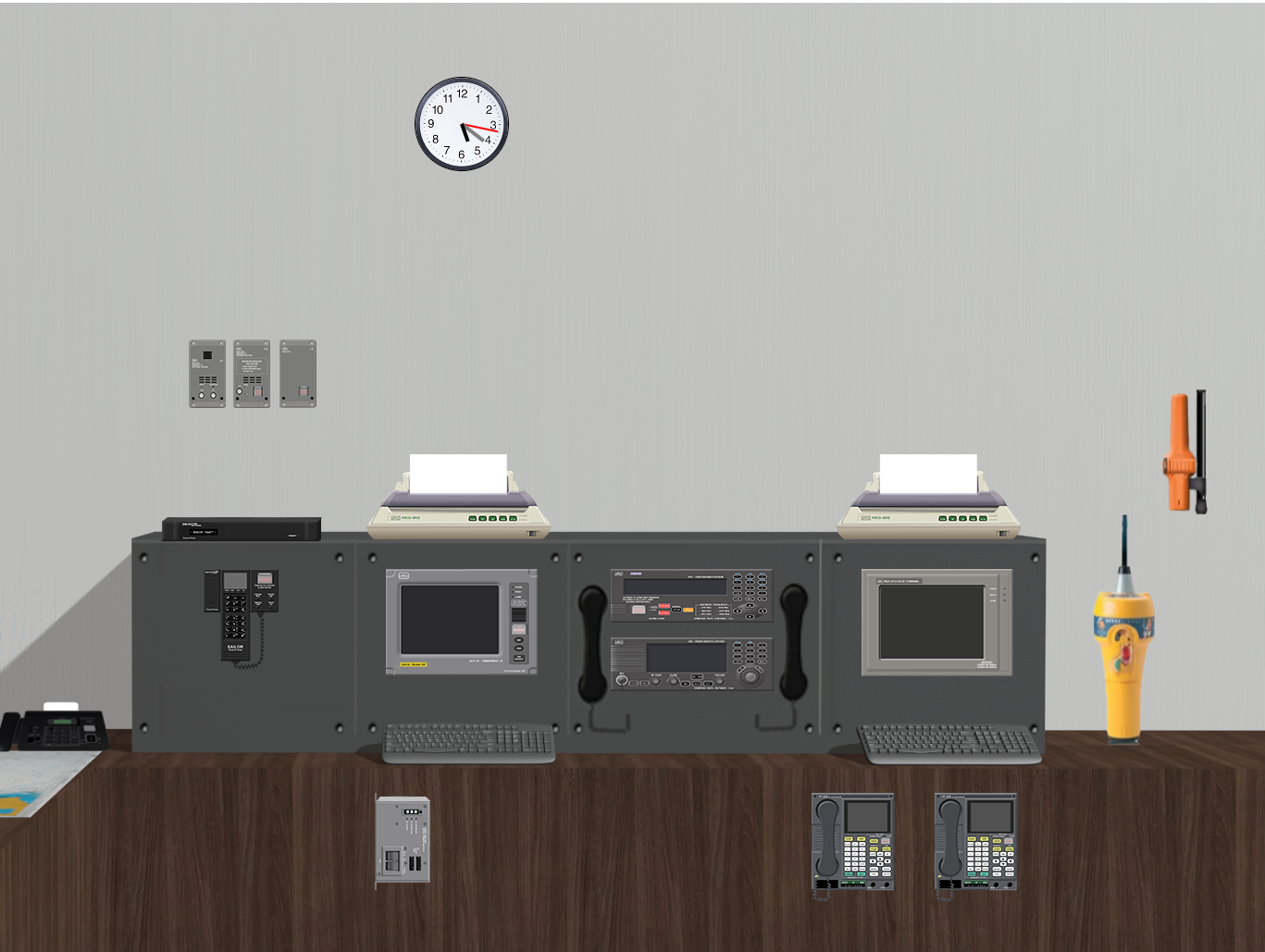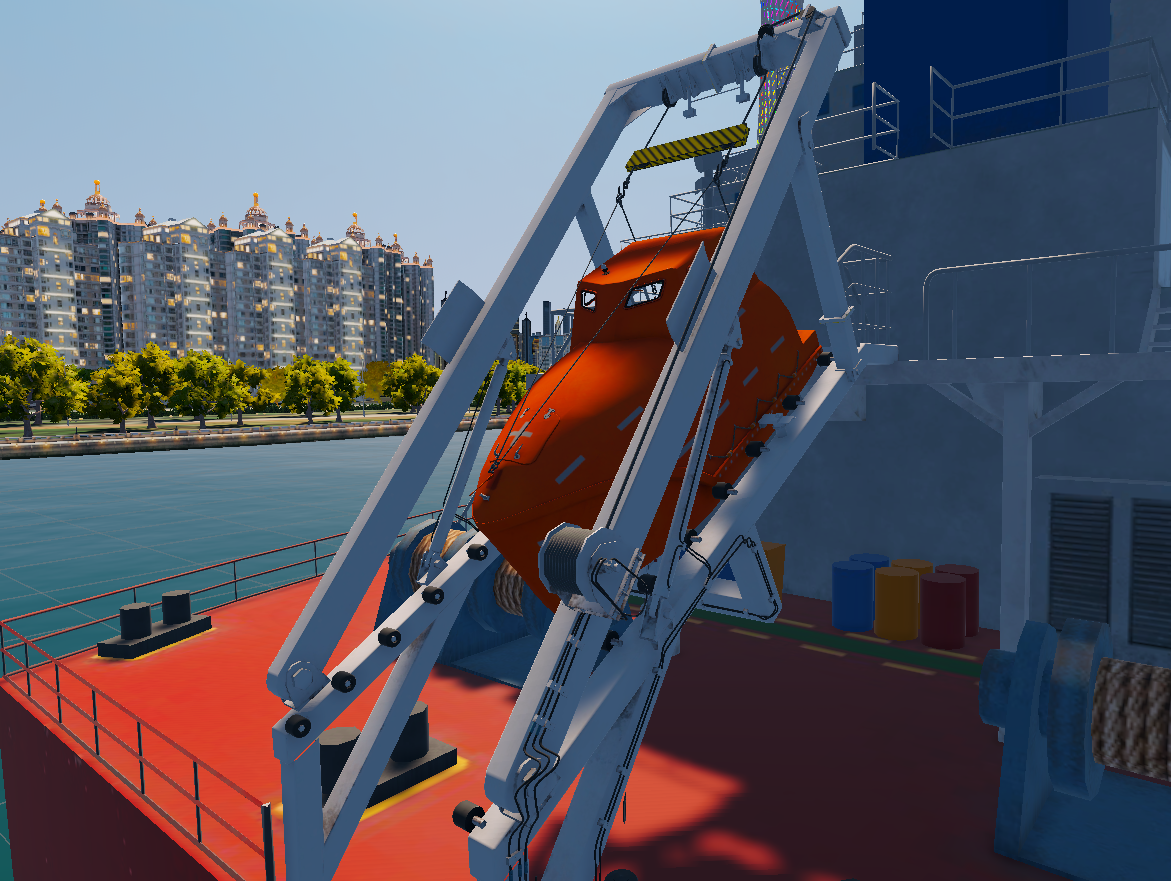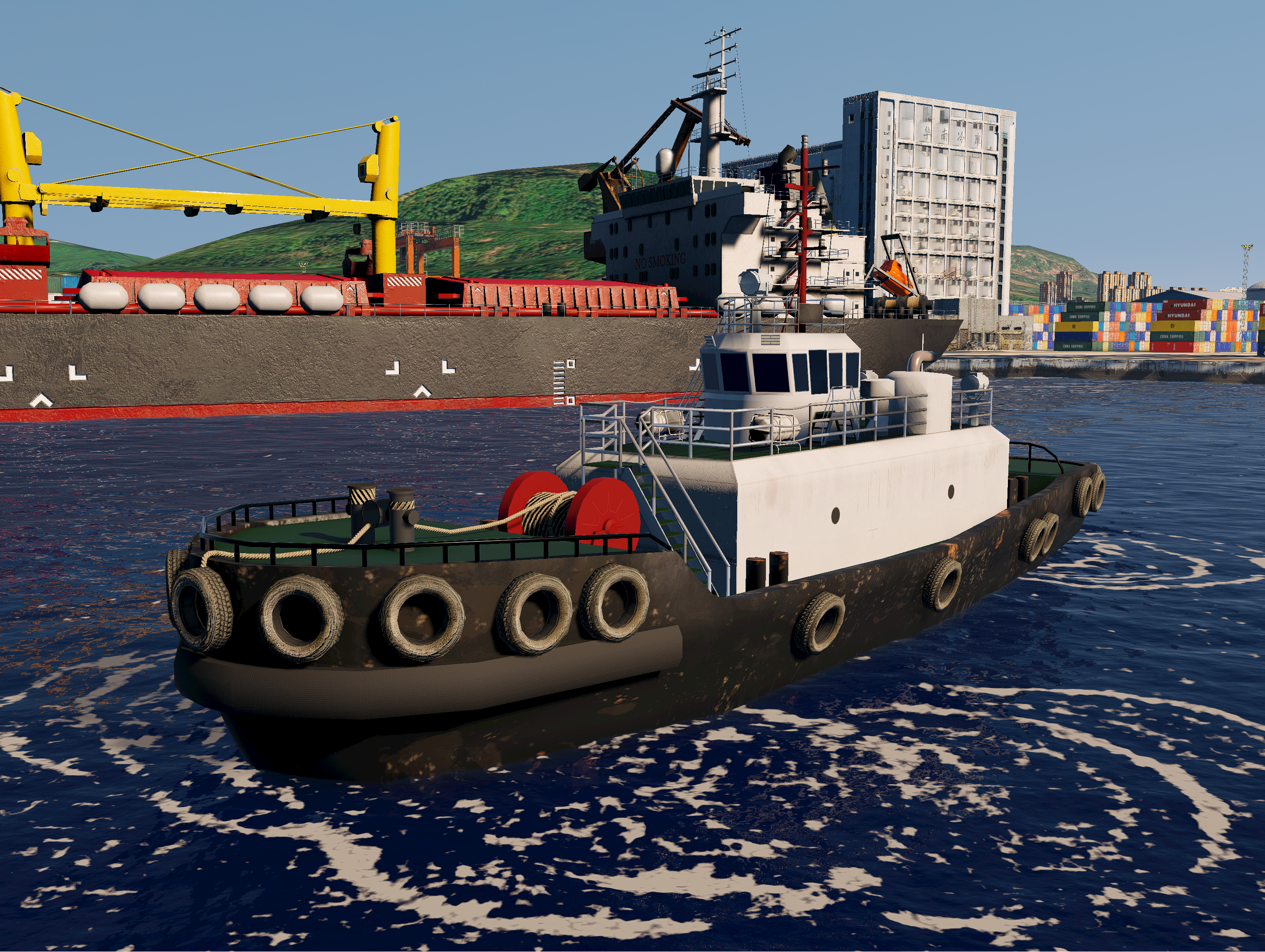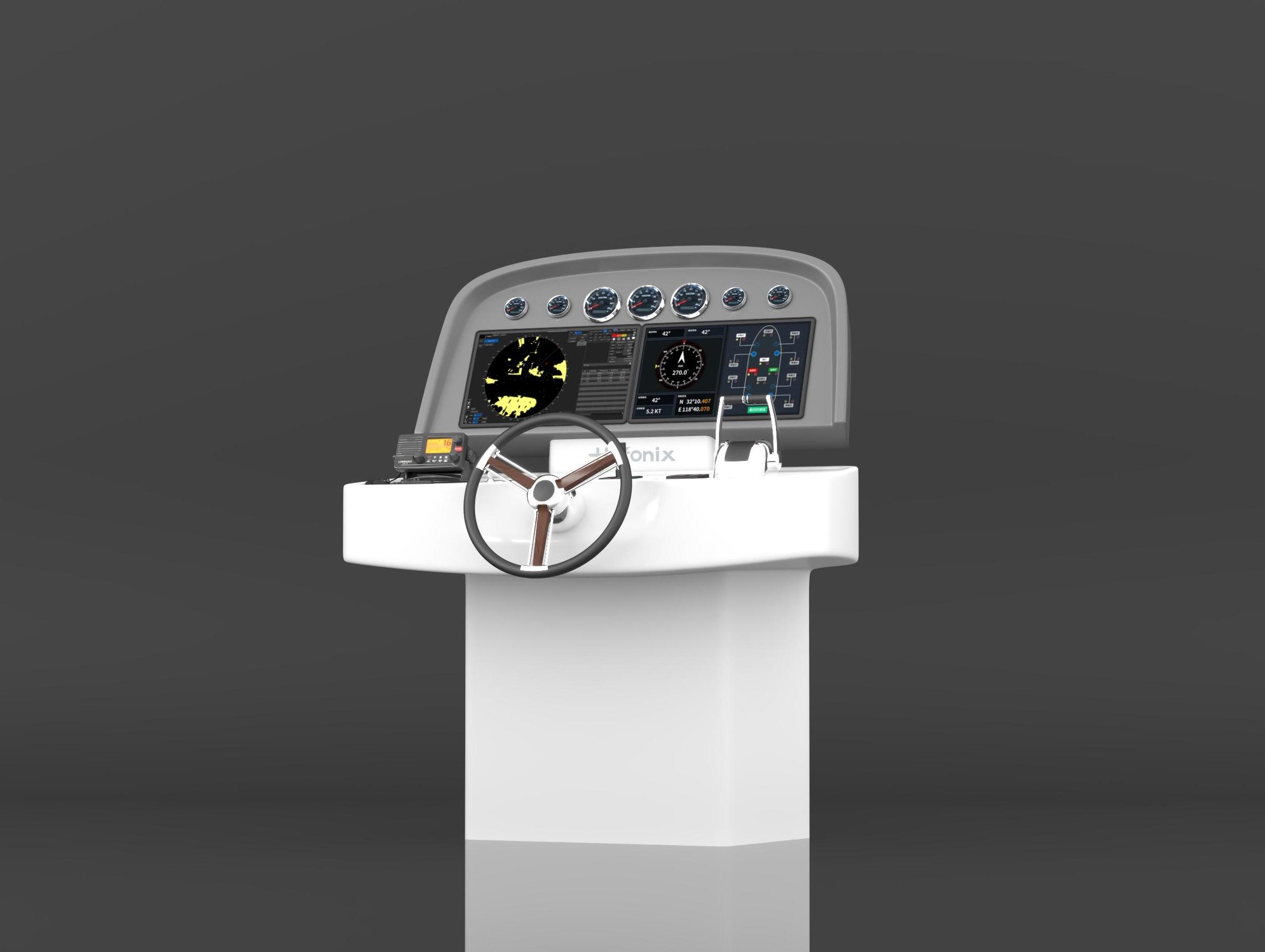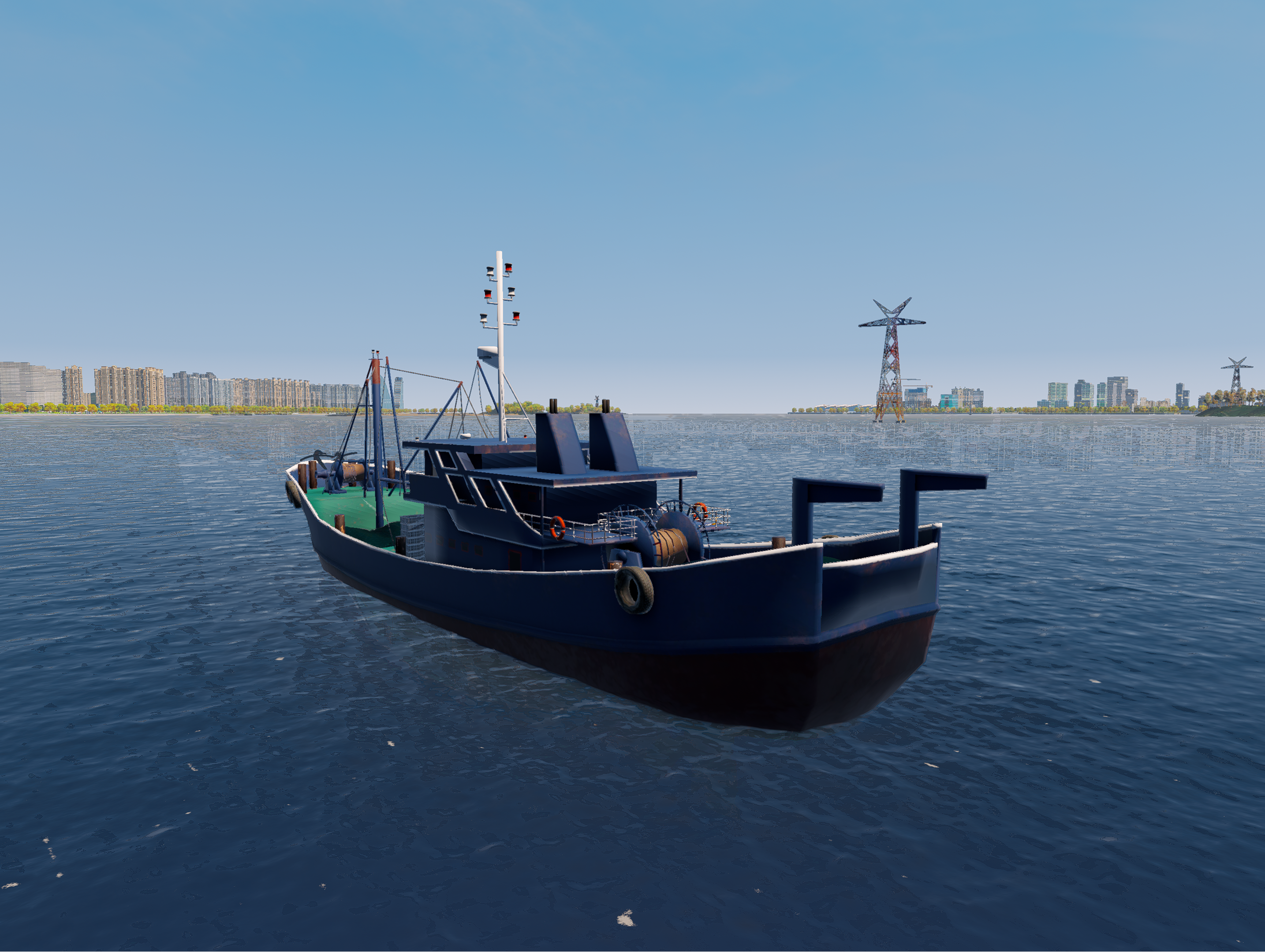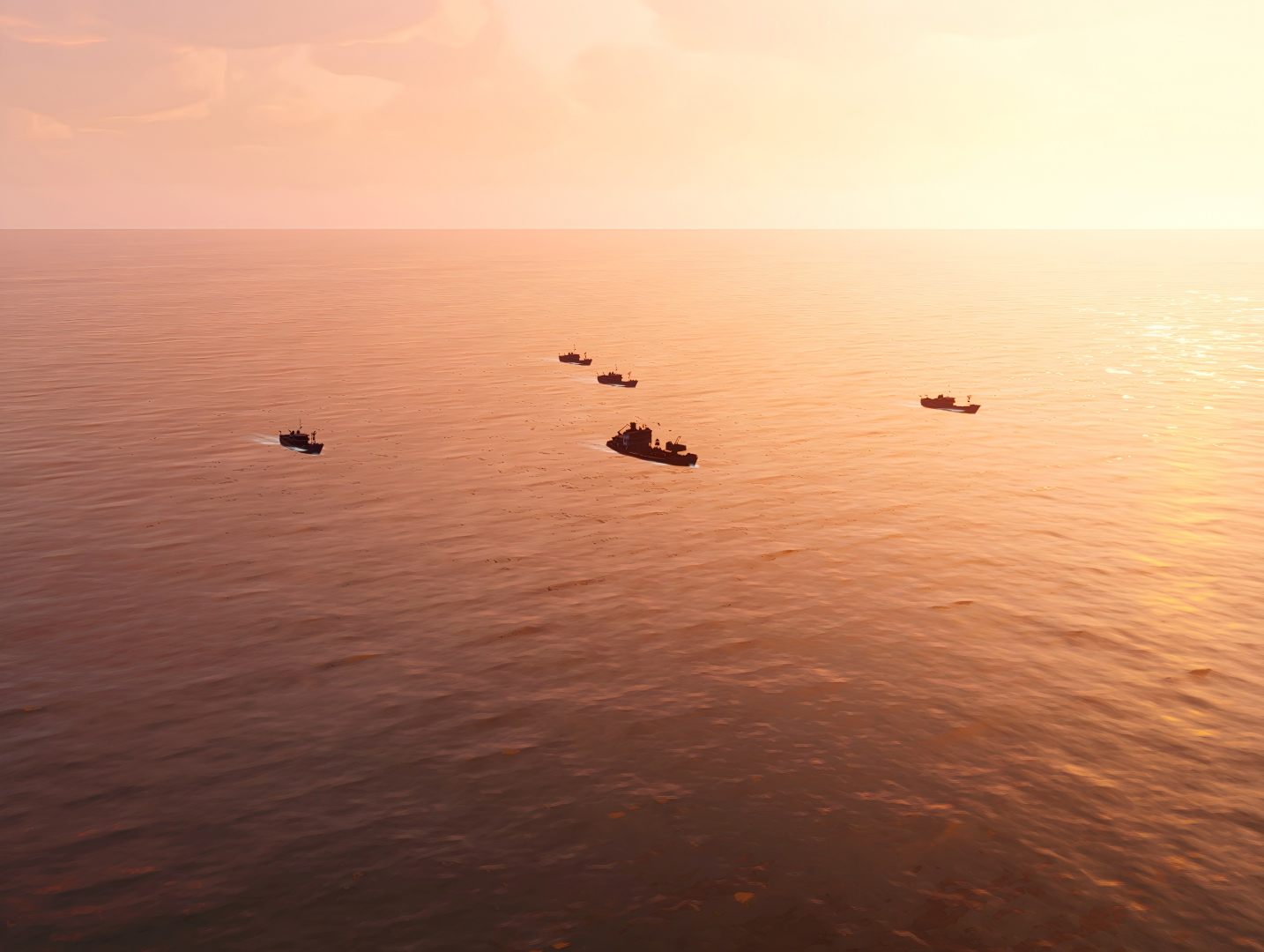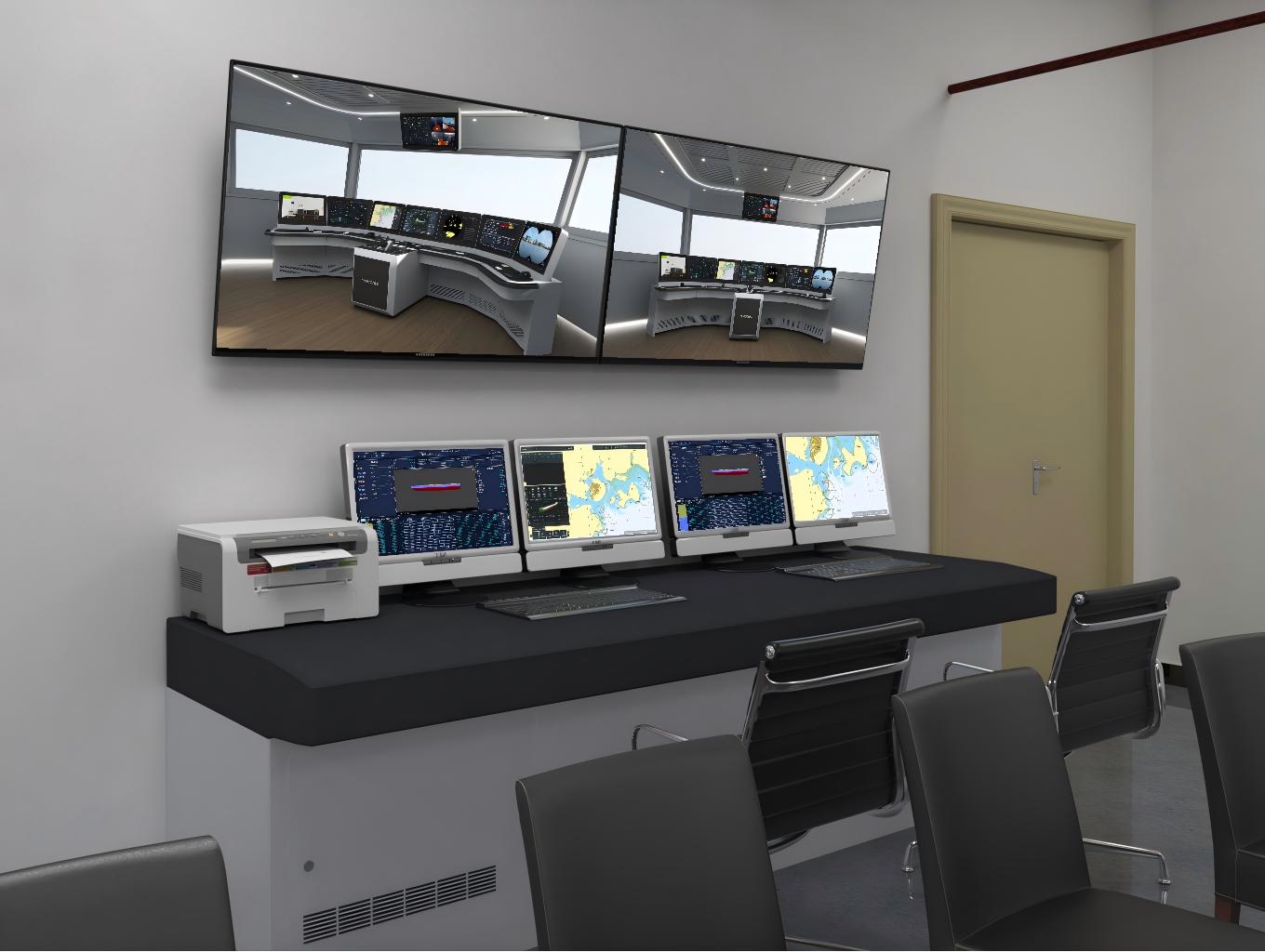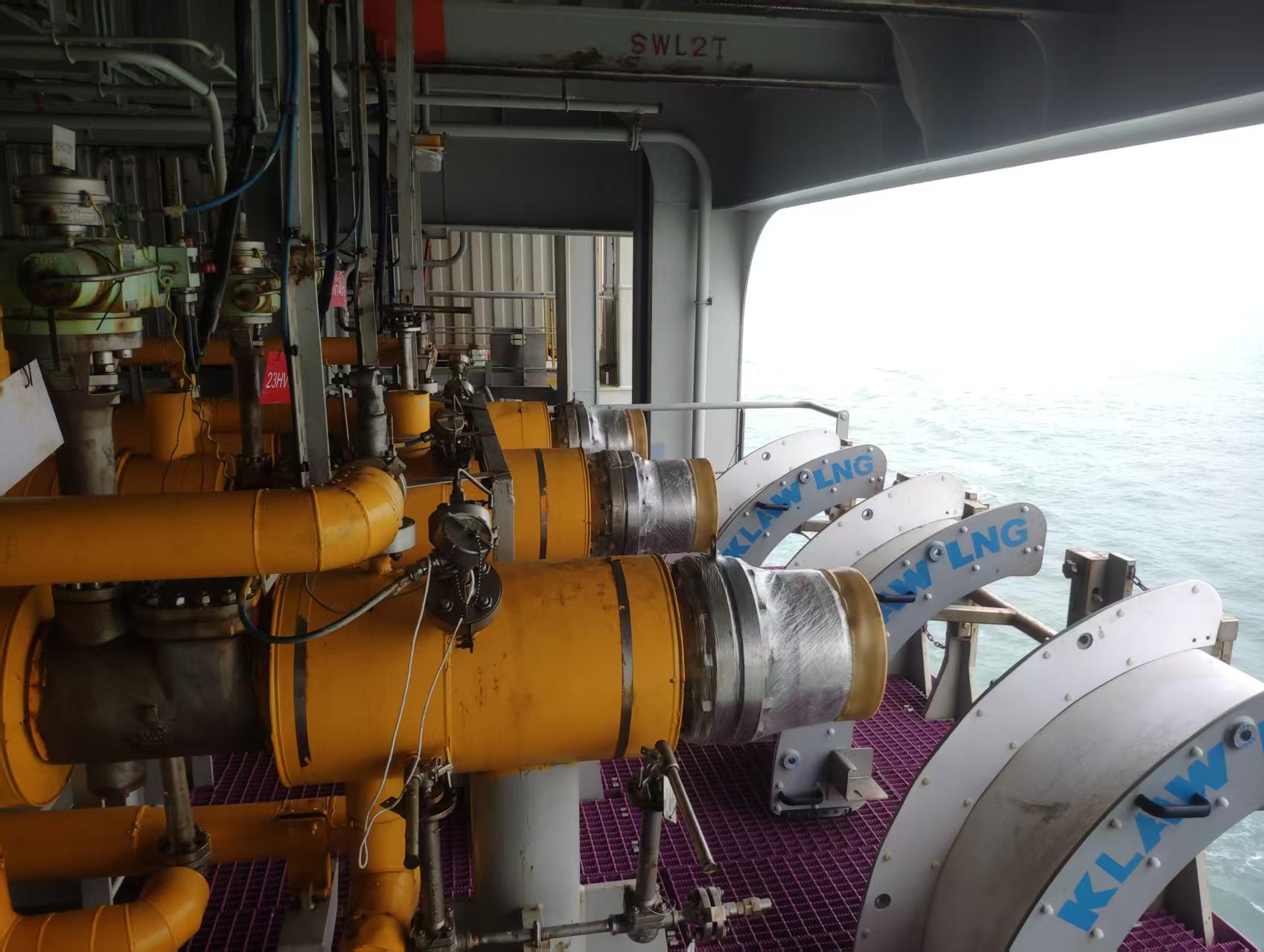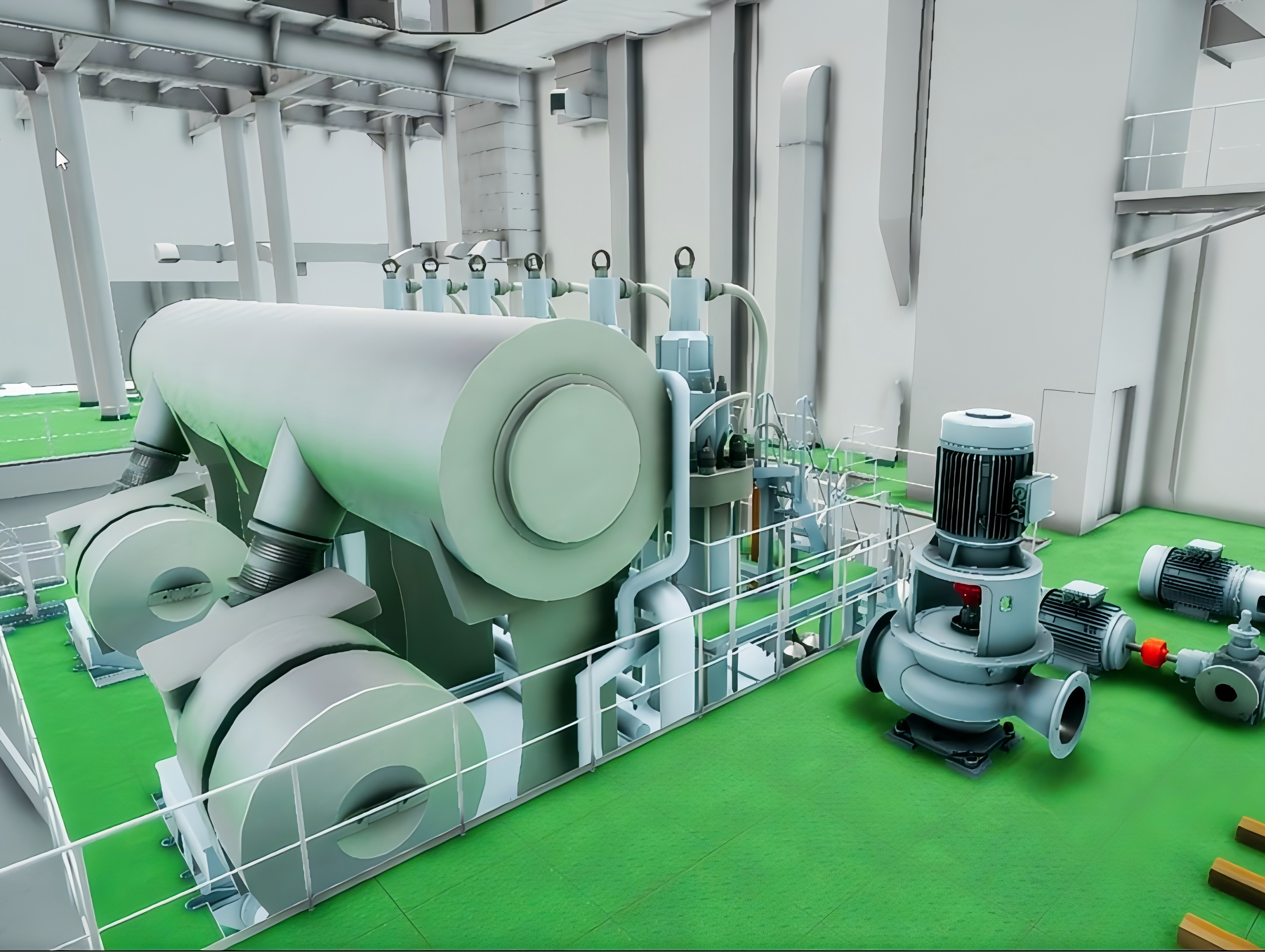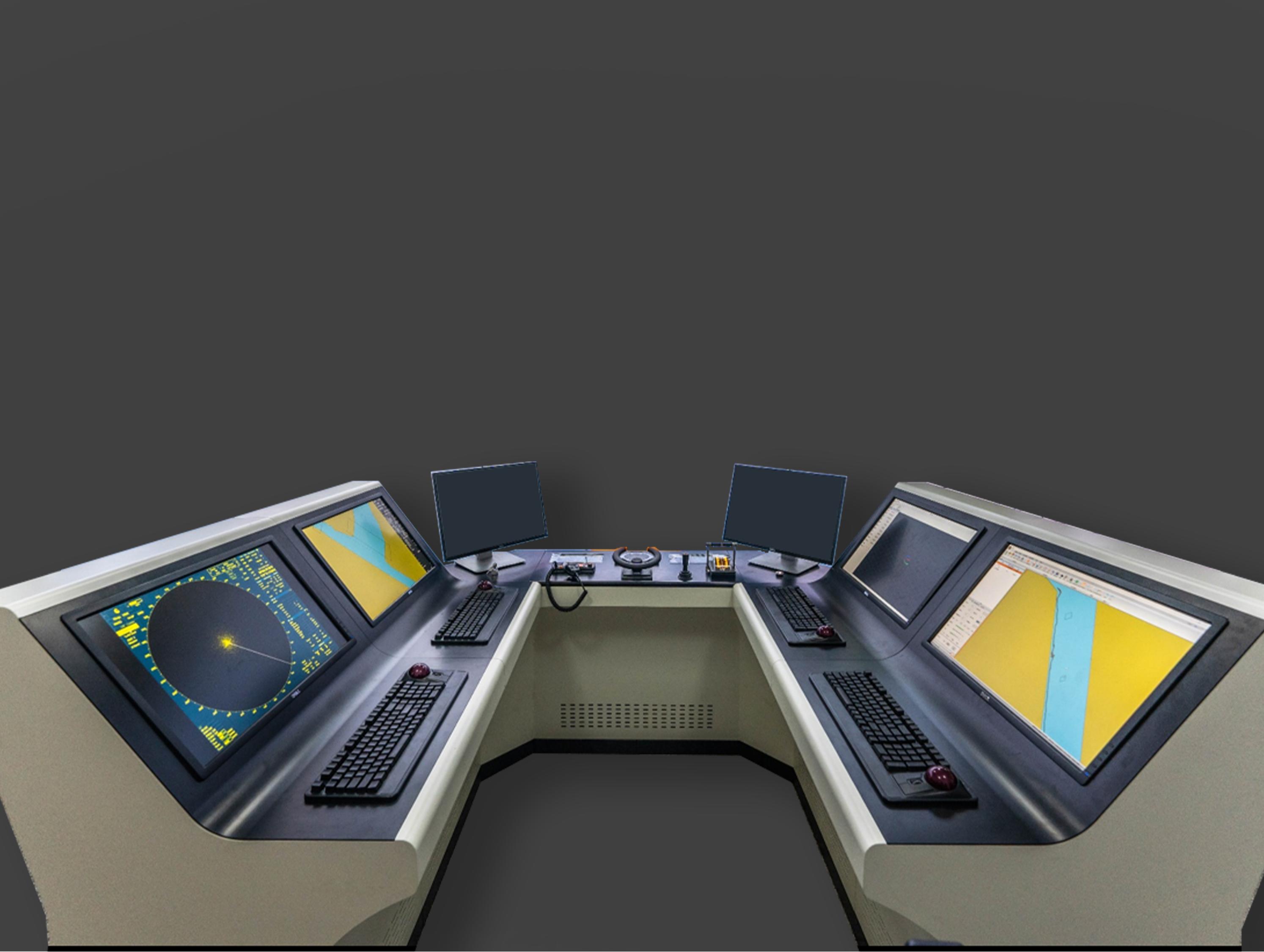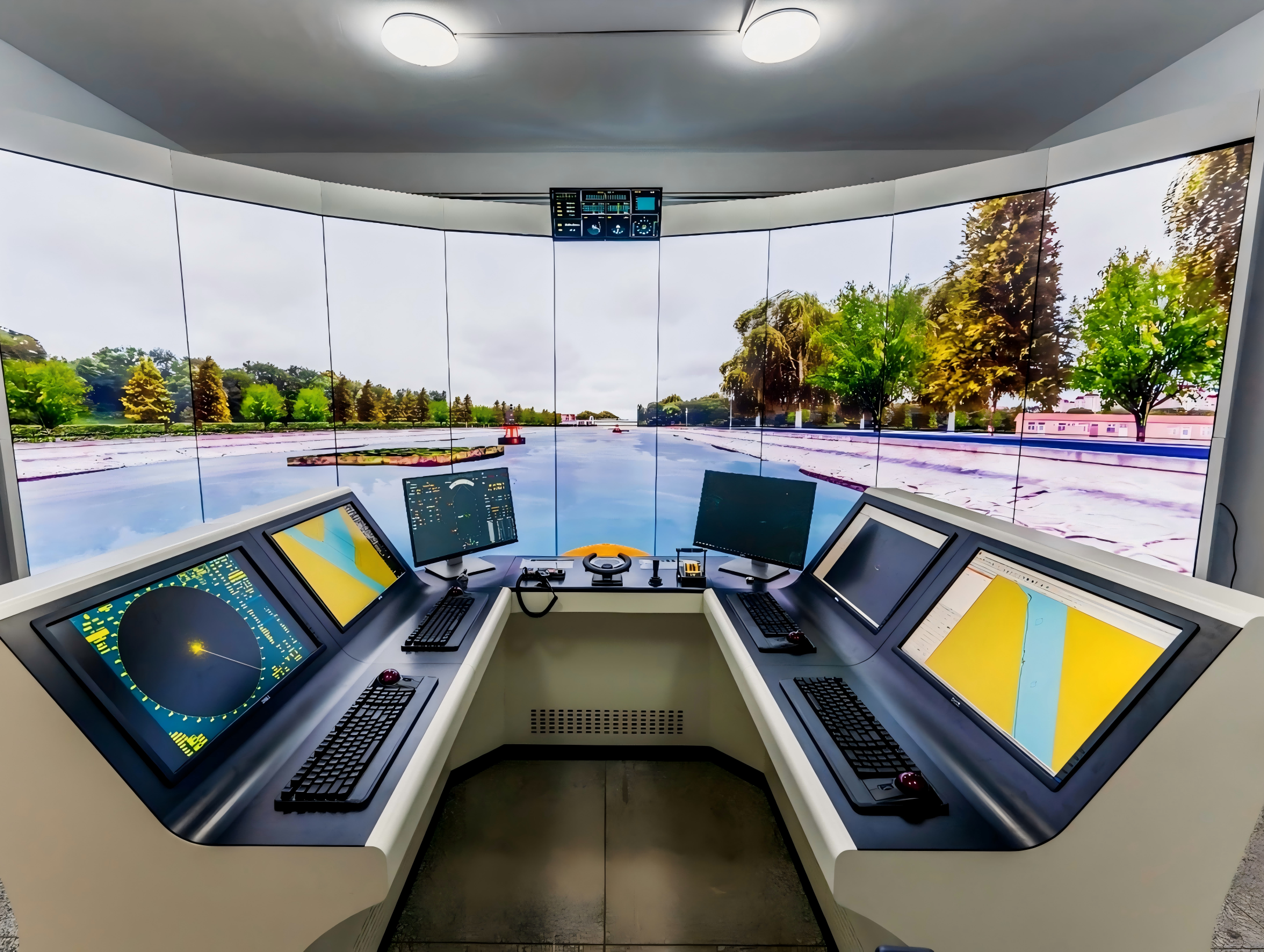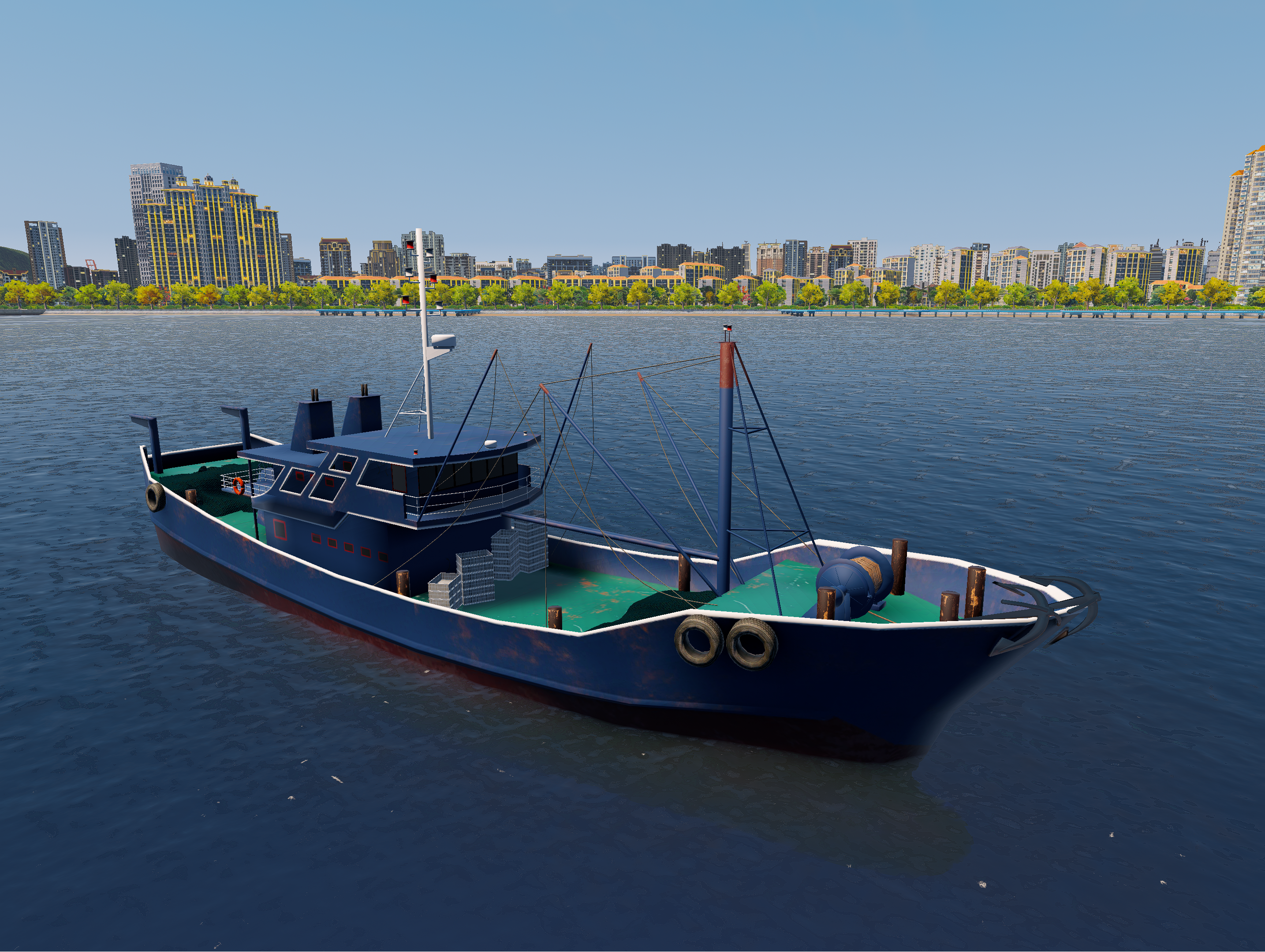The 360° Large Ship Maneuvering Simulation Laboratory at the School of Transportation and Navigation of Quanzhou Normal University was jointly developed by the School, Hefonix, and the Key Laboratory of Navigation Dynamic Simulation and Control for Transportation Industry at Dalian Maritime University. Leveraging a "full-mission ship maneuvering simulator" as its technical support, the laboratory is designed with the goal of enhancing students' theoretical and practical professional skills, including top-level design, spatial planning, and hardware and software support.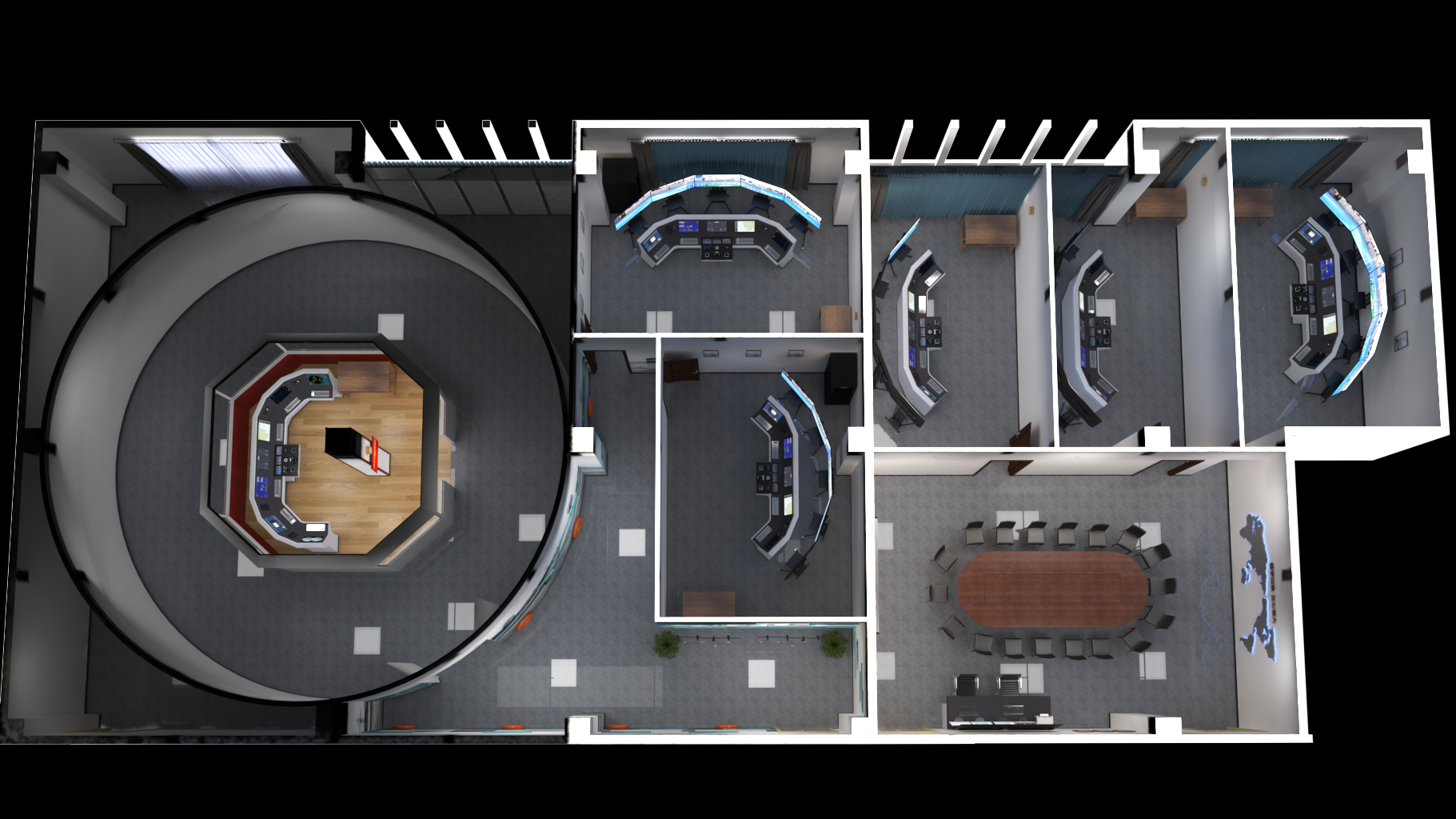
With the goal of cultivating professional maritime technology professionals and contributing to the development of a strong maritime nation, the laboratory fosters a virtuous cycle of "teaching-learning-doing-creation-research-application." Through teaching, practical training, and scientific research, the laboratory effectively enhances the effectiveness of theoretical knowledge and strengthens the practical development of professional skills, achieving the goal of driving innovation through teaching and research.
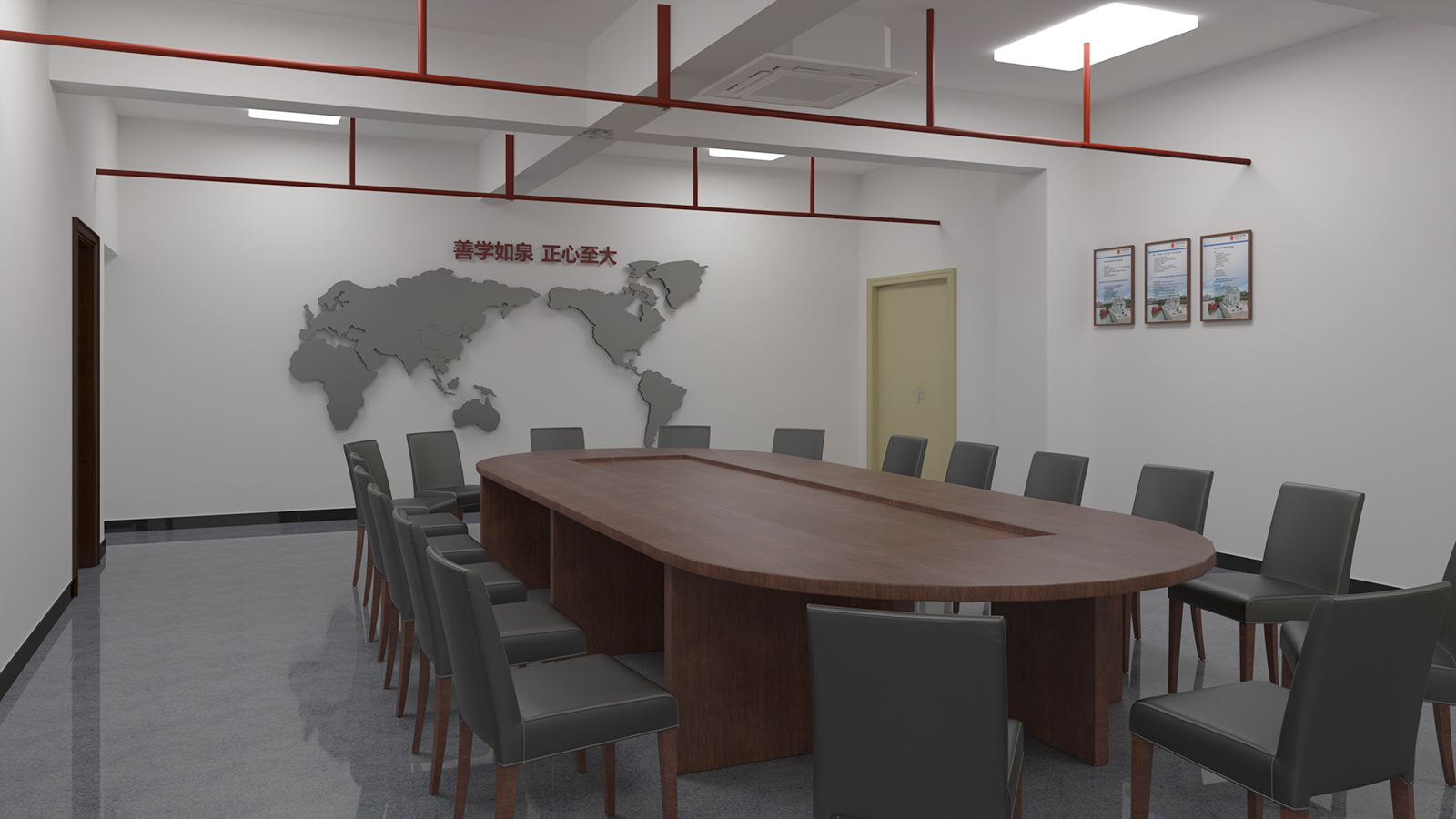
With the goal of promoting maritime culture and contributing to the "Century of Maritime Strength," the laboratory incorporates content related to the history of shipbuilding technology and the university's development, ensuring a first-class teaching and training environment through a multi-pronged approach. At the same time, the laboratory can also provide various training services for captains and drivers to the public, and provide a good experimental and demonstration platform for research in maritime investigation and analysis, port planning and design, and maritime navigation safety assessment.

About Full Mission Boat Simulator
Hefonix 6000 Full-Mission Ship Handling Simulator meets the International Maritime Organization (IMO) performance standards for ship handling simulators and the China Maritime Safety Administration's training syllabus for "Large Ship Handling Simulators" and "Radar/ARPA Simulators." It features a highly immersive visual environment, multi-dimensional functional training, detailed fault simulation, and comprehensive training management. It can be used in the following scenarios:
①Crew Training and Assessment: It meets the requirements for ship handling and collision avoidance, and Bridge Resource Management (BRM) assessments for seafarers, and complies with the performance standards of the Implementation Measures of the "Regulations on Crew Training Management of the People's Republic of China" (Maritime Crew [2019] No. 340);
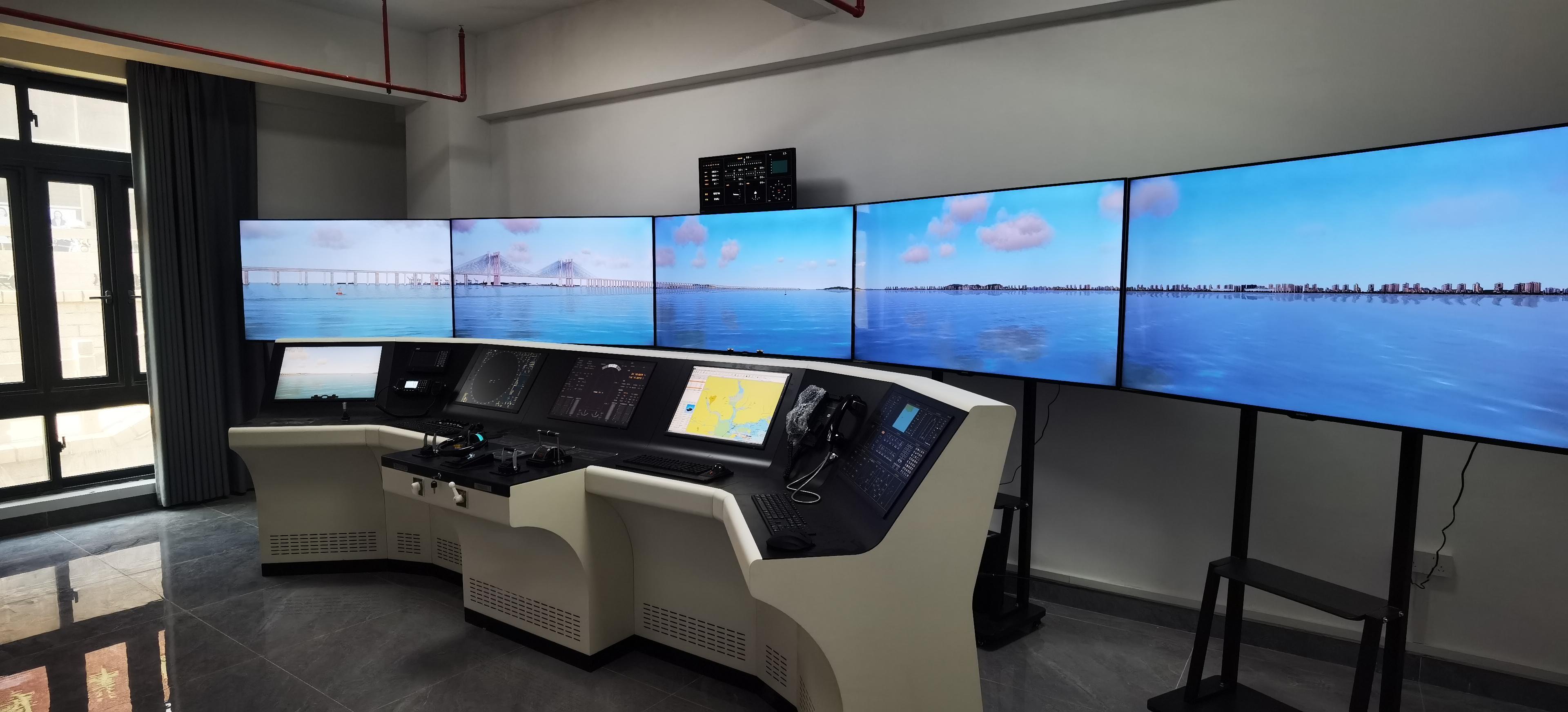
②It supports the tracking and application verification of emerging maritime technologies;
③Emergency Drills:It simulates fires, groundings, and man-overboard situations, providing coordinated maritime search and rescue scenarios to strengthen emergency response capabilities;
④Civil-Military Integration:Its distributed architecture allows for expanded application in simulated training scenarios such as ship handling and tactical coordination training for the Navy, Coast Guard, and other departments.

